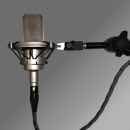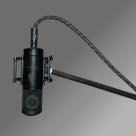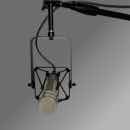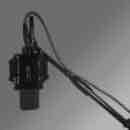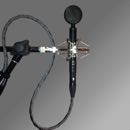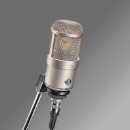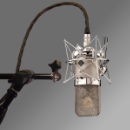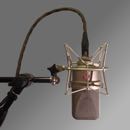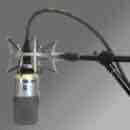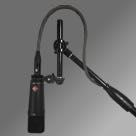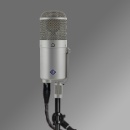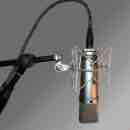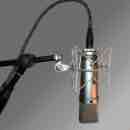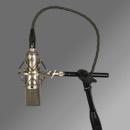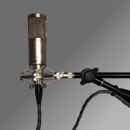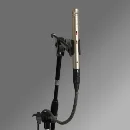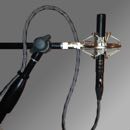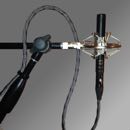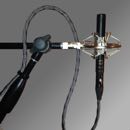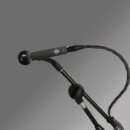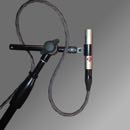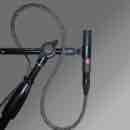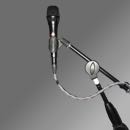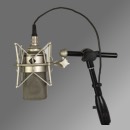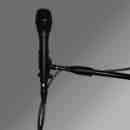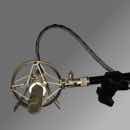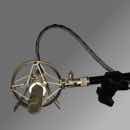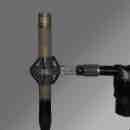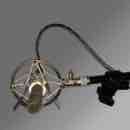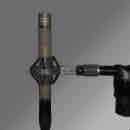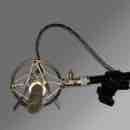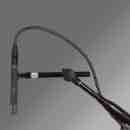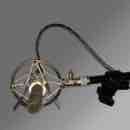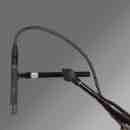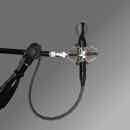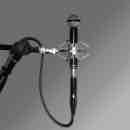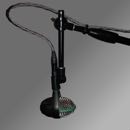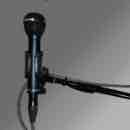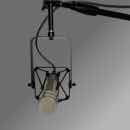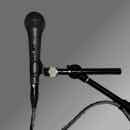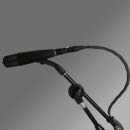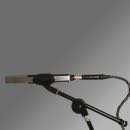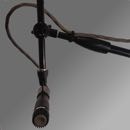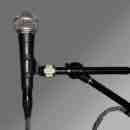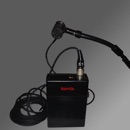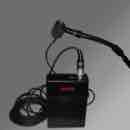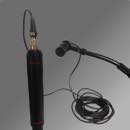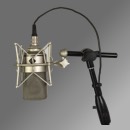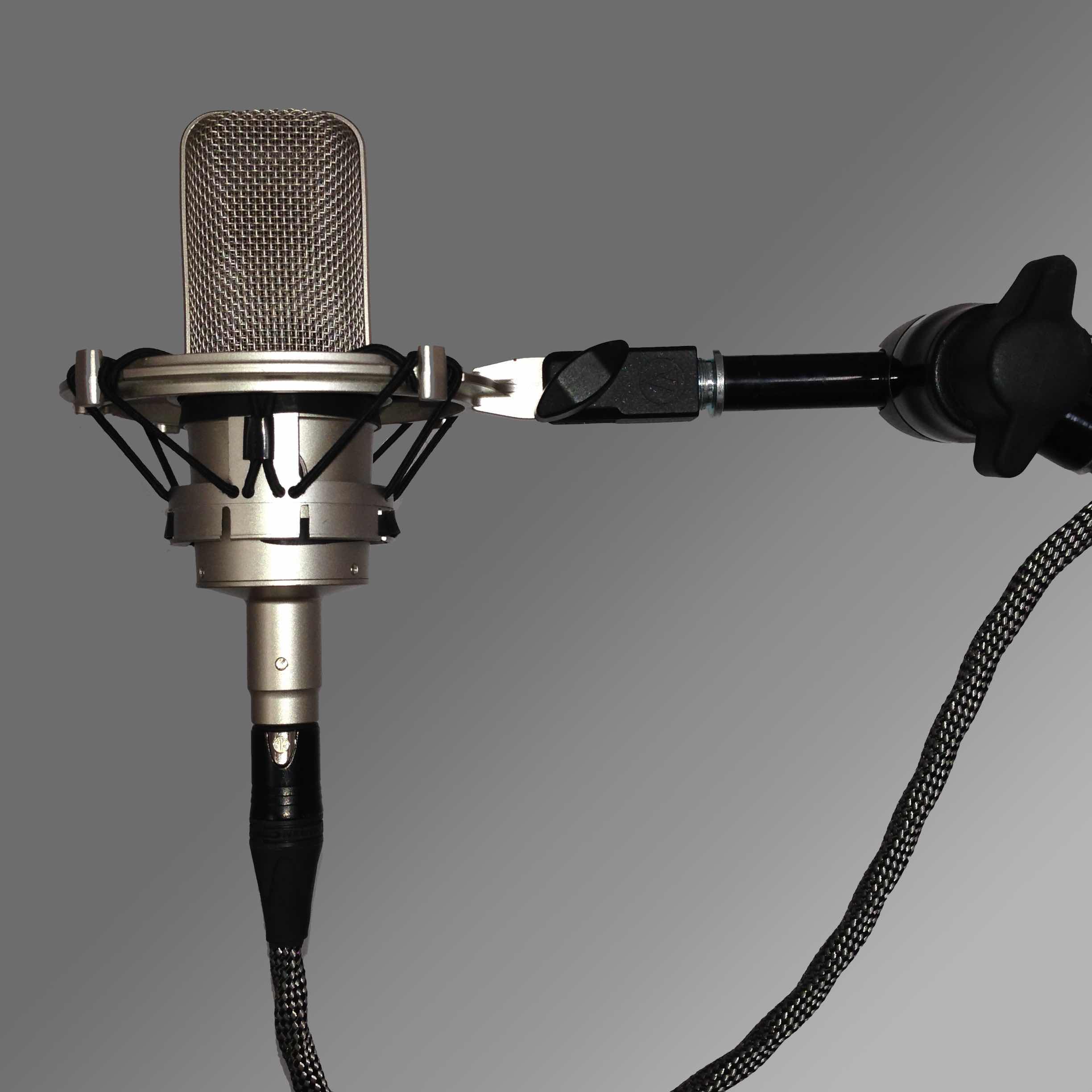
Audio Technica AT 4035
The solid entry into the large diaphragm condenser world
The AudioTechnica is a simple condenser microphone that stands out due to its wide frequency response (20 - 20,000 Hz) and its presence boost in the 4 kHz range. Due to this pronounced presence, the AT 4035 is very well suited for percusions and wind instruments where it asserts itself well in the mix and sounds "into your face". But the Audio Technica also cuts a fine figure on the bass drum.
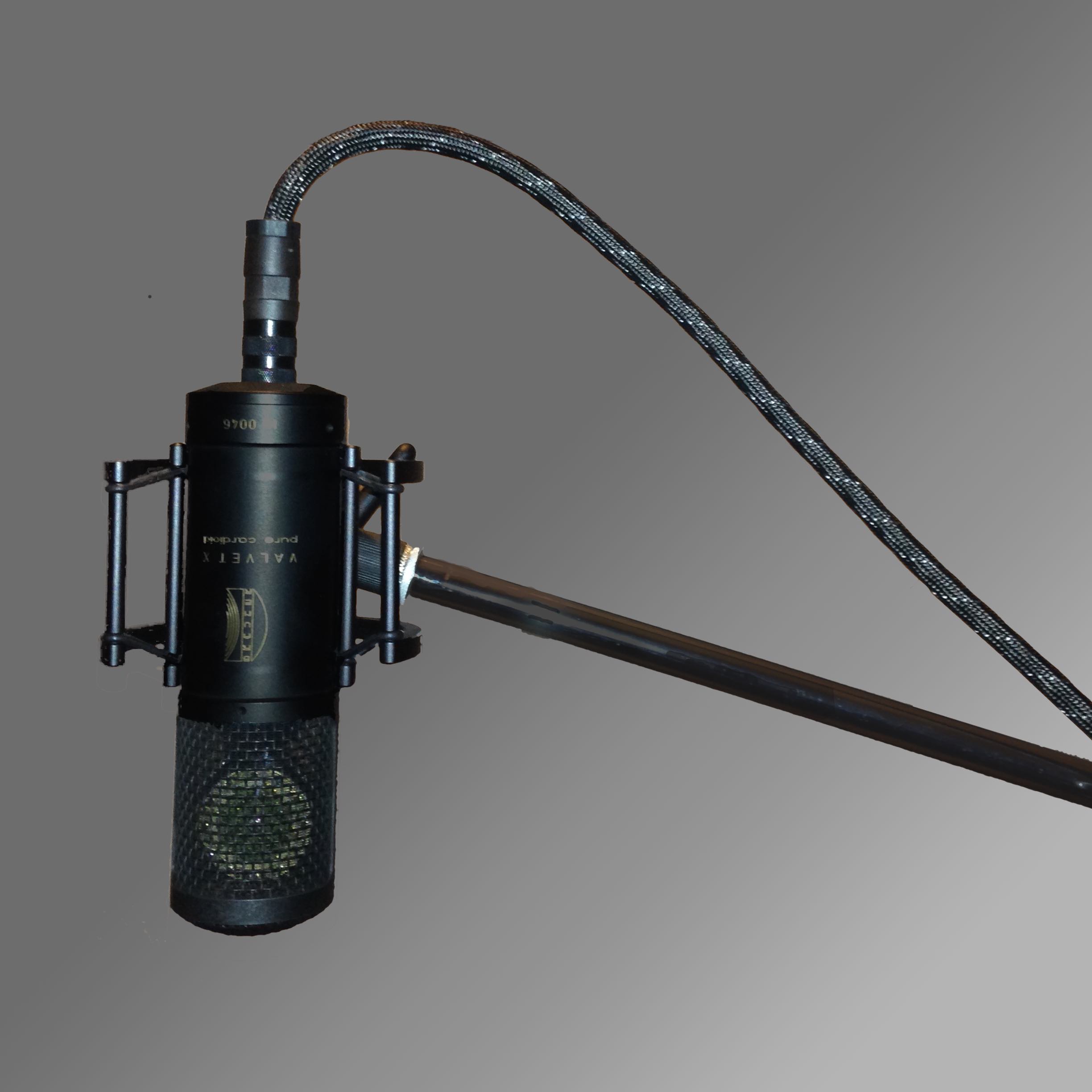
Brauner Valvet
The modern tube microphone from Brauner
The Brauner Valvet sounds as elegant as it looks. This is not least due to the valve circuit in Class A, which completely abandons feedback and controls its output in the classic way via a Lundahl transformer. The Brauner sounds very neutral without emphasizing individual frequency ranges. In the highs it sounds with a silvery sheen. This makes the Valvet suitable for all high-quality recordings. The Brauner Valvet is of course predestined for vocals.
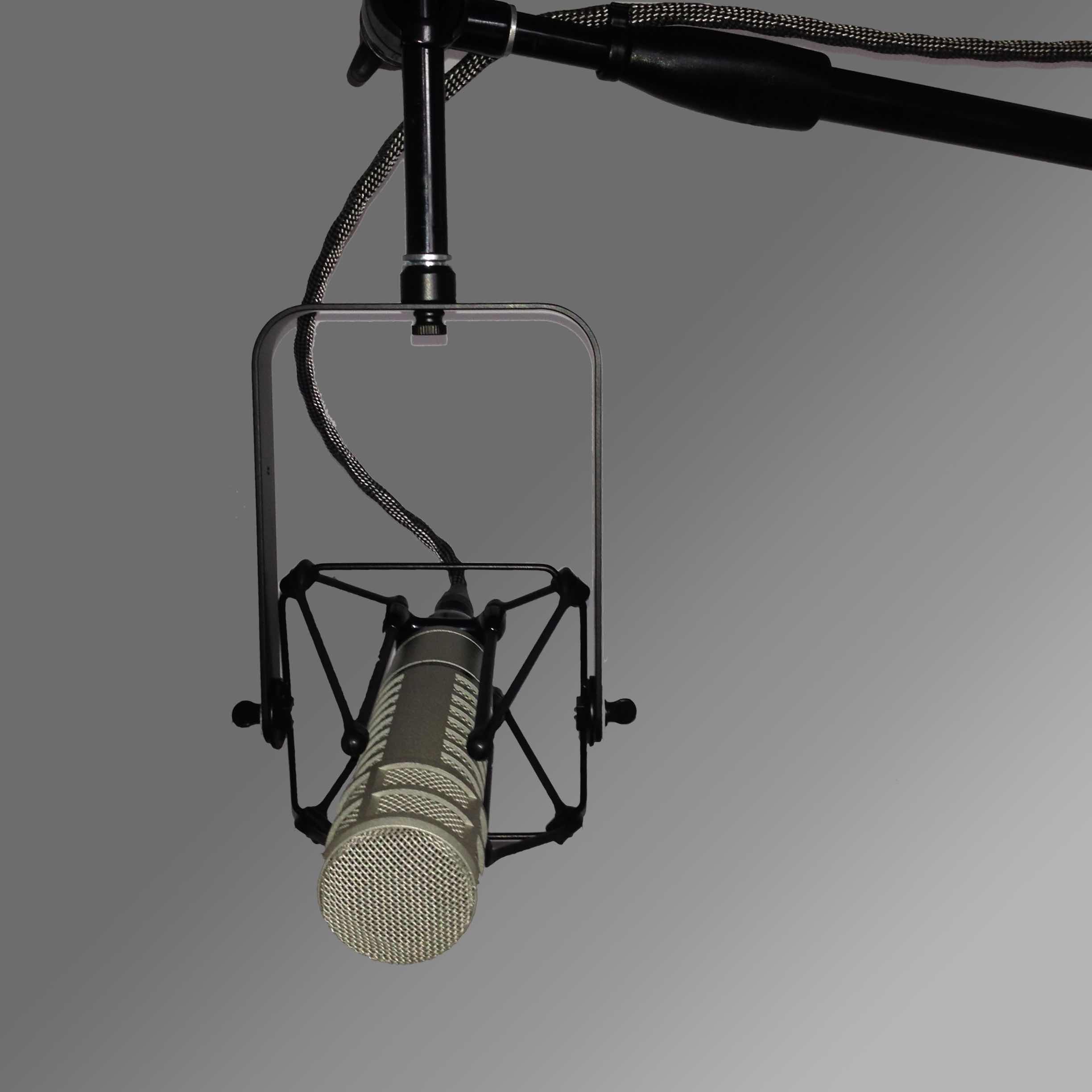
Electrovoice RE 20
The broadcast microphone that can do more than just broadcast ...
Electrovoice originally developed the RE 20 for broadcasting, i.e. for use in radio. A central requirement of such a microphone is a very good response to changes in distances and angles. In fact, the RE 20 is extremely frequency stable, regardless of the direction from which it picks up the sound. The proximity effect is also very low, which enables good control of the sound. The RE 20 is often mistaken for a condenser microphone. But it is an elaborately constructed, dynamic microphone. It requires a high-quality microphone amplifier with a lot of gain in order to show its strengths. The RE 20 is one of the studio standards for bass drum, brass, double bass, bass amp. It is also very suitable for saxophone, percussion, speech, vocals, guitar amp.
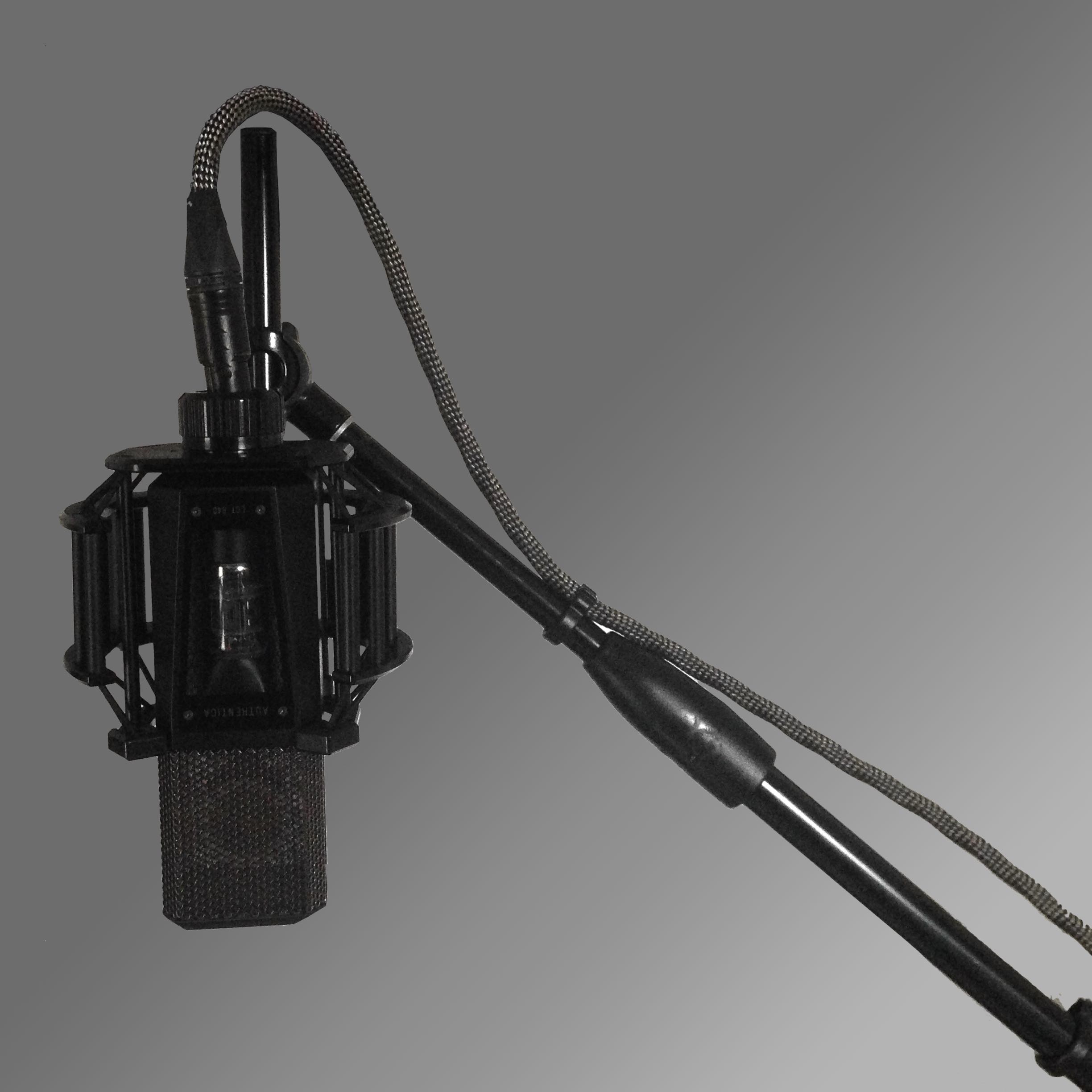
Lewitt LCT 840
The Lewitt tube microphone
Lewitt's founder is a former AKG project manager and developer. You can tell from most Lewitt microphones ... The LCT 840 is a modern large-diaphragm tube microphone with a lot of warmth and yet surprising clarity. It is ideal as a vocal microphone. But it also sounds great on instruments like the cello.
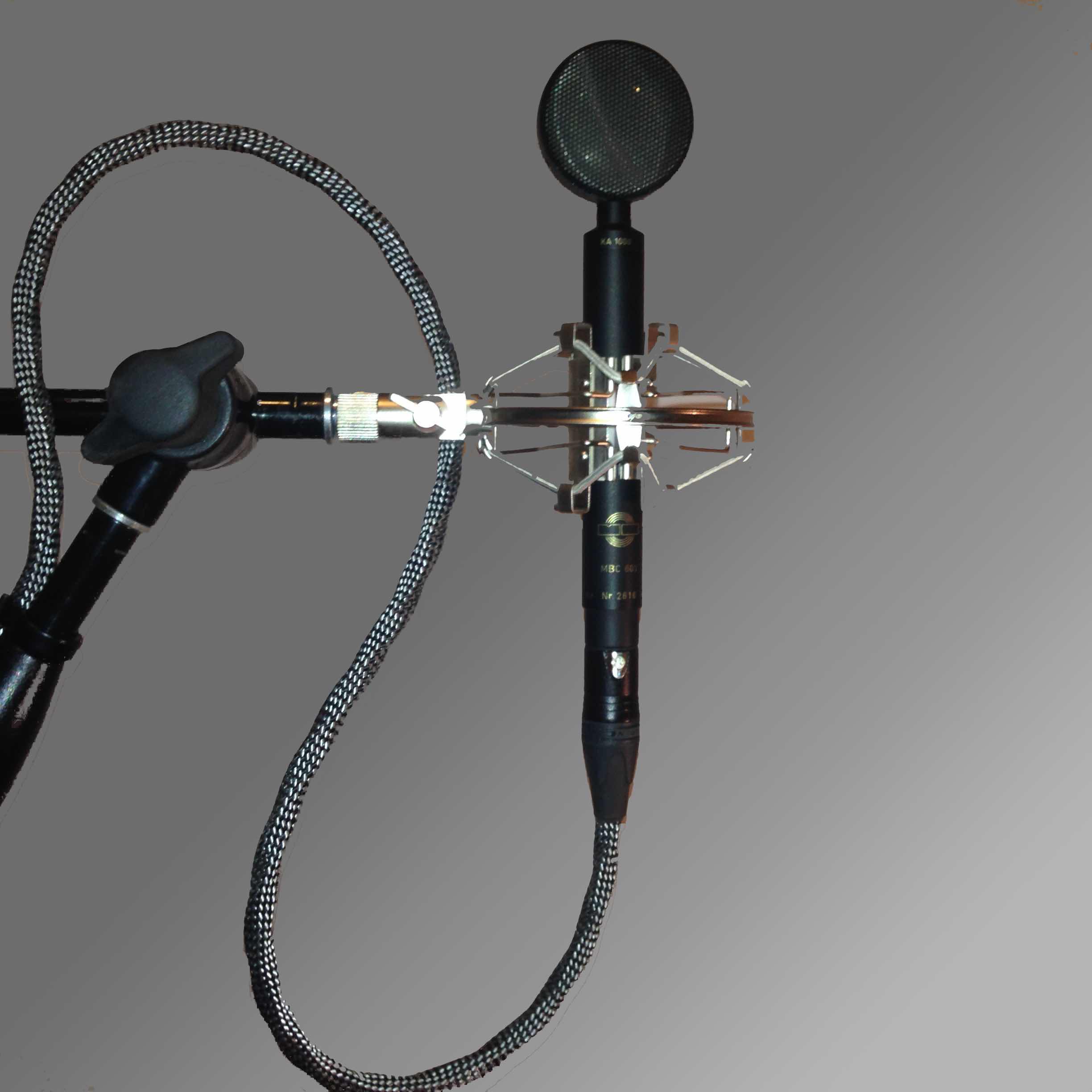
MBHO Haun KA 1000
The modern large diaphragm microphone from MBHO Haun
MBHO Haun is an unjustifiably unknown German microphone manufacturer. In addition to their own, very high-quality microphones, MBHO also produces capsules for other big names, e.g. for Brauner. Mr. Schneider, the chief engineer of MBHO, was with Schoeps for a long time and the founder Mr. Haun earned his spurs at Beyer a long time ago. This background can already be interpreted as an indication of the quality of your products ...
The transformerless impedance converter / microphone amplifier MBP 603 uses a complex circuit for high efficiency, low noise and lowest distortion values. It is the central part of the modular system with various capsules.
The KA 1000 capsule is a large diaphragm / cardoid capsule with a frequency response down to 10 Hz, which is unusually low for large diaphragms with a cardioid characteristic. It is ideal for male voices, grand pianos and everything that should have a special sheen.
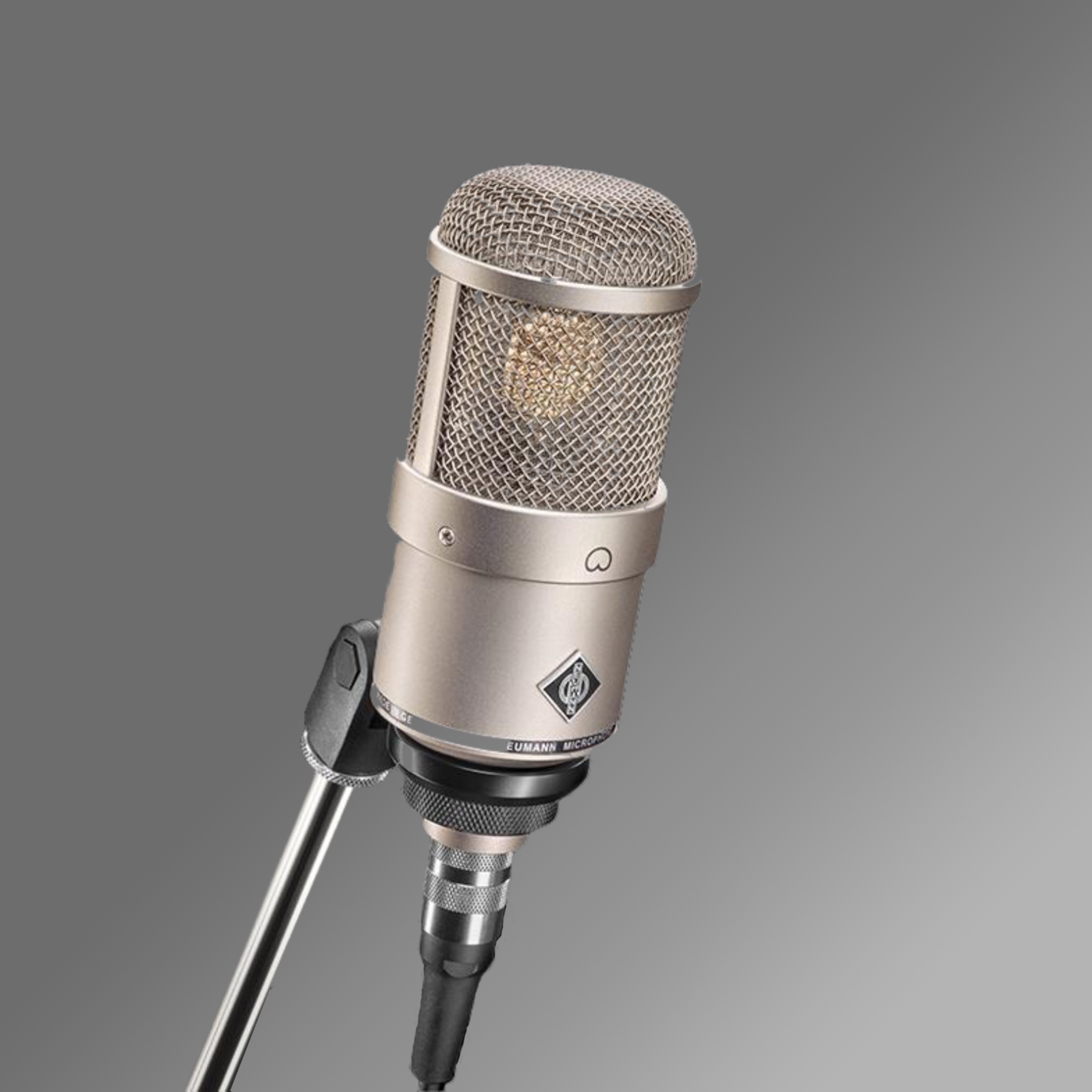
Neumann M147
the modern U47 successor
Myths surround the Neumann U47. And it's true: The U47 was and is a legendary microphone. Famous artists like Frank Sinatra, Ella Fitzgerald, the Beatles and countless other have sung into this microphone.
However, there was not only one U47. The original U47 had an M7 PVC membrane with an AC 701 tube. For many, this version is considered to be the holy grail. Neumann soon replaced the M7 capsule with the K47 capsule because the PVC membranes lost its shape too quickly. Neumann still produces the K47 with the gold-coated mylar membrane until today. The capsule can be found in legends as the M49, U47 FET, M149, TLM49 and finally also in the M147. Due to the lack of availability of the AC701 Telefunken tube, Neumann finally switched to the U47 FET, which sounded quite different again. In addition to its strength in the lower registers and the excellent resolution of the mid-range, for which the U47 has always been known, it was characterized by a certain "grip" and freshness. This microphone has recently been available as a re-issue from Neuman.
The M147 is heading more towards the old tube-based models and is a microphone with real character. It sounds full-bodied, with high resolution of the mids, but keeps a bit dark character When using a high shelf filter, it really fells like the sun goes up. Just really beautiful. It is therefore an exceptionally good cardioid vocal microphone.
In addition to the prestige area of vocal recordings, the M147 is also recommended for recording kick drum, double bass and brass.
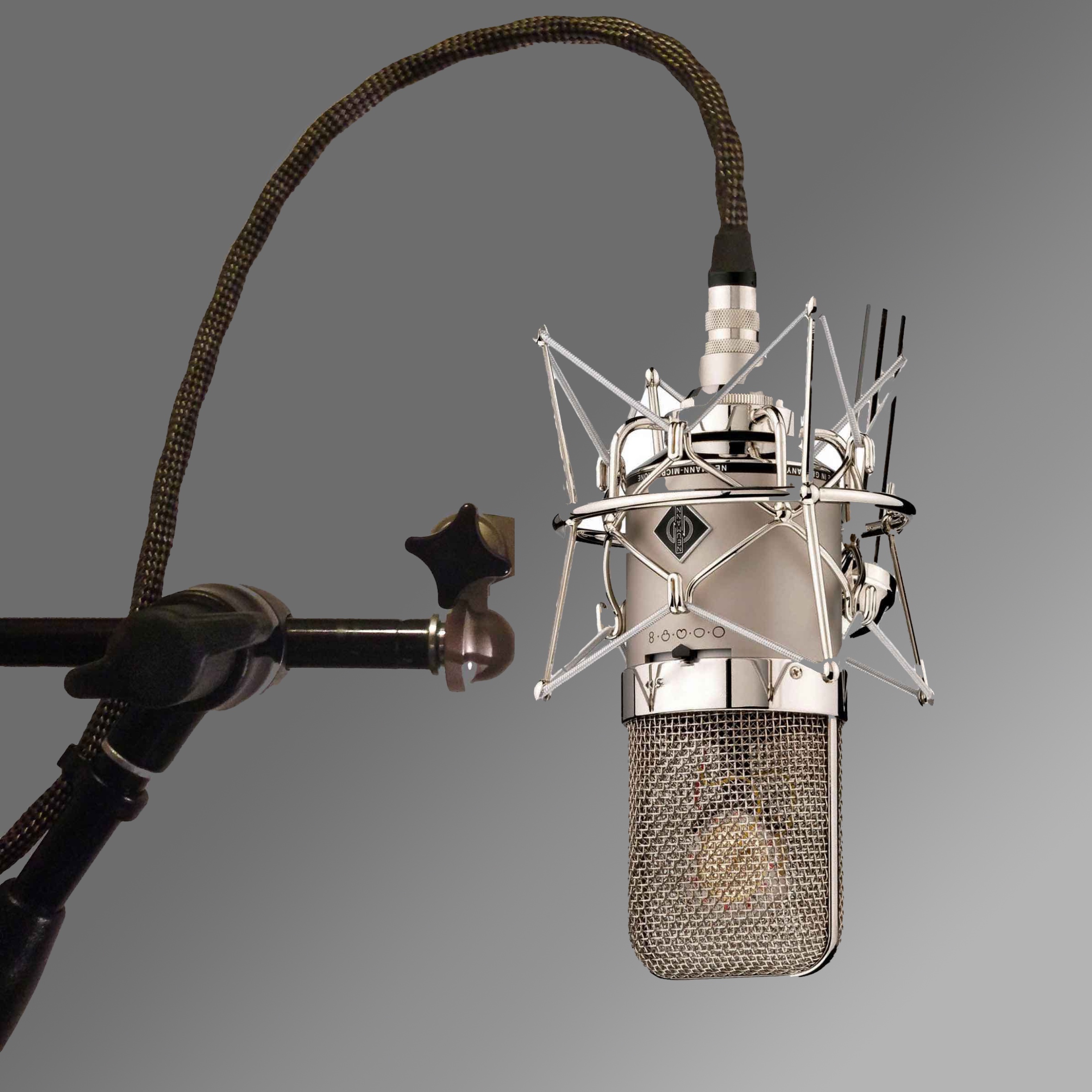
Neumann M149
"The universal high-end tube microphone" from Neumann
The ancestors of this extraordinary microphone are none other than the venerable, legendary U 47 and M 49. If they were human, we would speak of noble Sirs or Lords. The relationship to these legends is ensured by the heart of every microphone, the capsule. in this case the legendary K47 / K 49.
The M 149 has a total of nine different directional characteristics: omnidirectional, wide cardioid, cardioid, hypercardioid and figure eight as well as the corresponding four intermediate positions. It also offers a seven-stage high-pass filter with which the cut-off frequency can be set from 20 Hz to 160 Hz in half-octave steps.
In an inimitable way, the M 149 combines extremely high resolution and openness with warmth and sheen. It's not for nothing that the Neumann is already a microphone legend. The response characteristics are excellent, with noble highs, ultra-finely resolved mids and substance in the low mids. The dynamics are also excellent. The overall sound makes it very easy for any sound engineer to mix the signals recorded with this mic.
In addition to the prestige area of vocal recordings, the M 149 is also recommended for recording acoustic guitars, guitar amps, grand pianos, percussion and brass instruments.
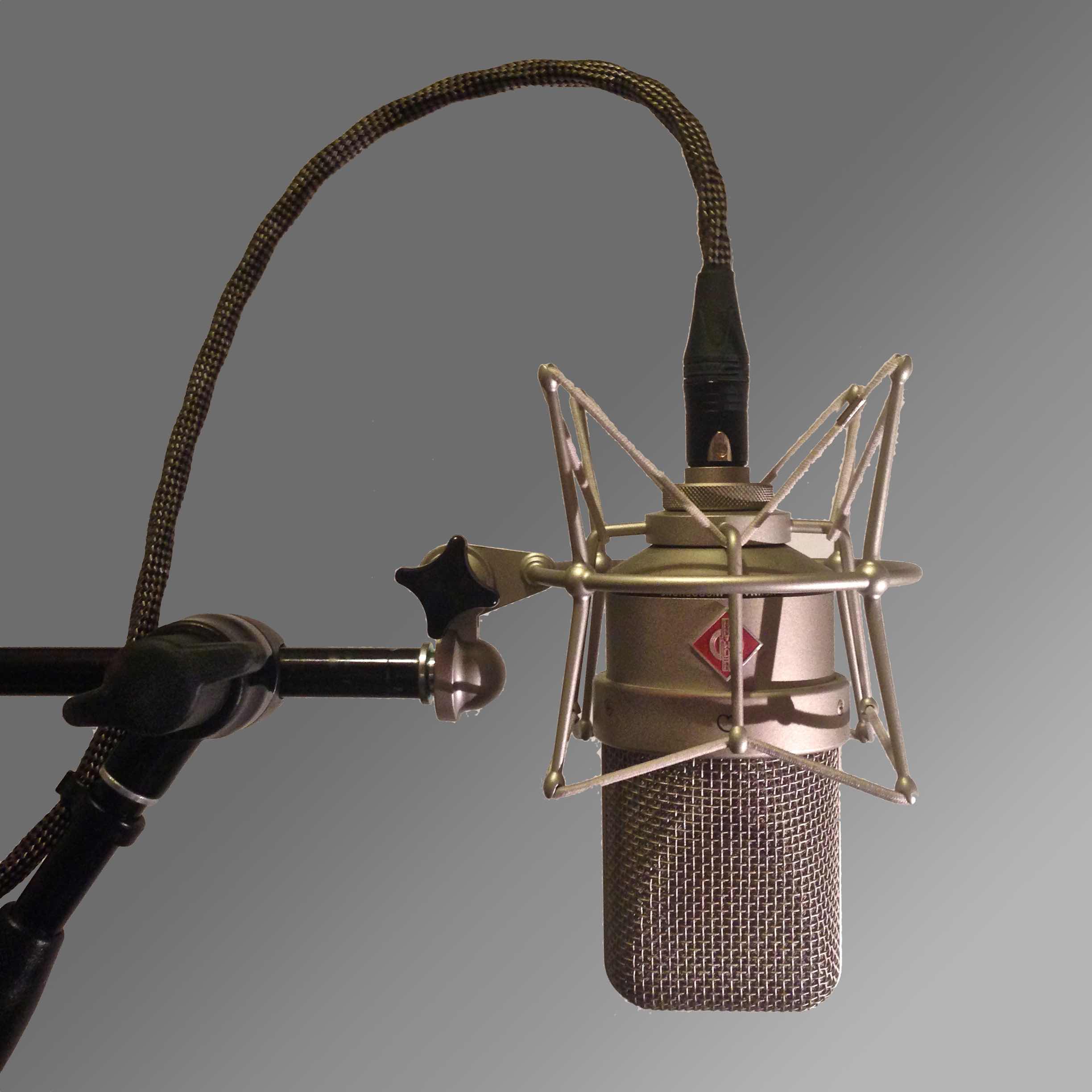
Neumann TLM 49
The modern vocal microphone with a Neumann history
Neumann uses its legendary K47 / K49 capsule for this microphone, which was already responsible for the inimitable Neumann sound in the great classics M 49 and U 47. The optics are also based on the legendary M 49 / M 50 microphones. So it's not surprising that the sound of this microphone is very similar to the M 49.
The TLM 49 is ideal for female voices. It feels at home especially in jazz and pop productions and delivers a very finished, pleasant, real Neumann sound with high resolution and sheen without processing.
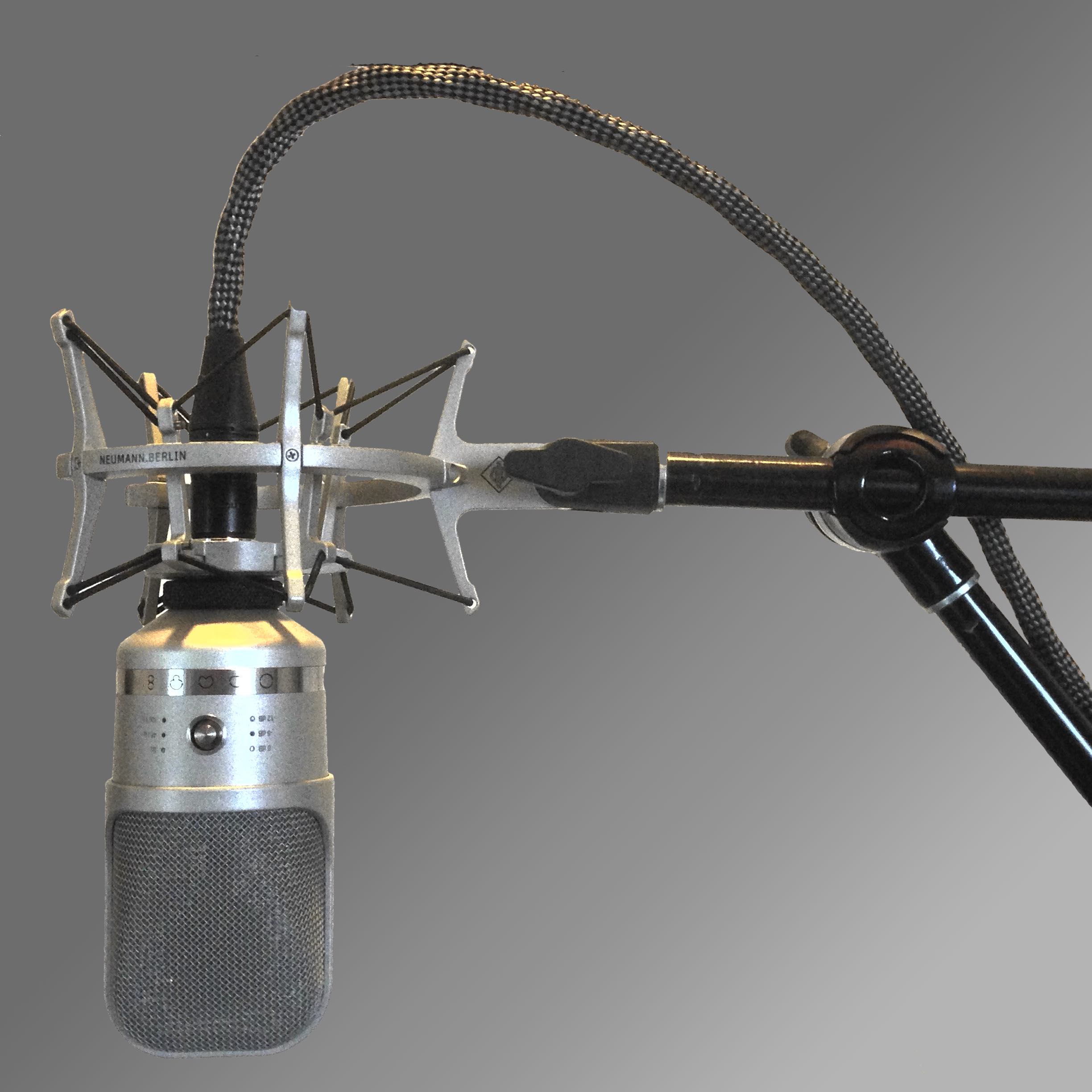
Neumann TLM 107
The modern, universal large-diaphragm microphone from Neumann
The Neumann TLM 107 is the latest addition to the transformerless TLM series. With its 5 directional characteristics, it is very flexible and low-noise. The TLM 107 sounds very lively and fresh. Especially in the omnidirectional characteristic, it has a pronounced emphasis on the high frequency range (approx. 6 dB at 12 kHz). Nevertheless it sounds noble. The only point of criticism from our side: The operation of the TLM 107 is innovative, but a bit fiddly, especially since the mini-joystick is usually covered by the spider. The TLM 107 sounds very, very good, has a “larger than live” character and brings voices to the fore in the mix.
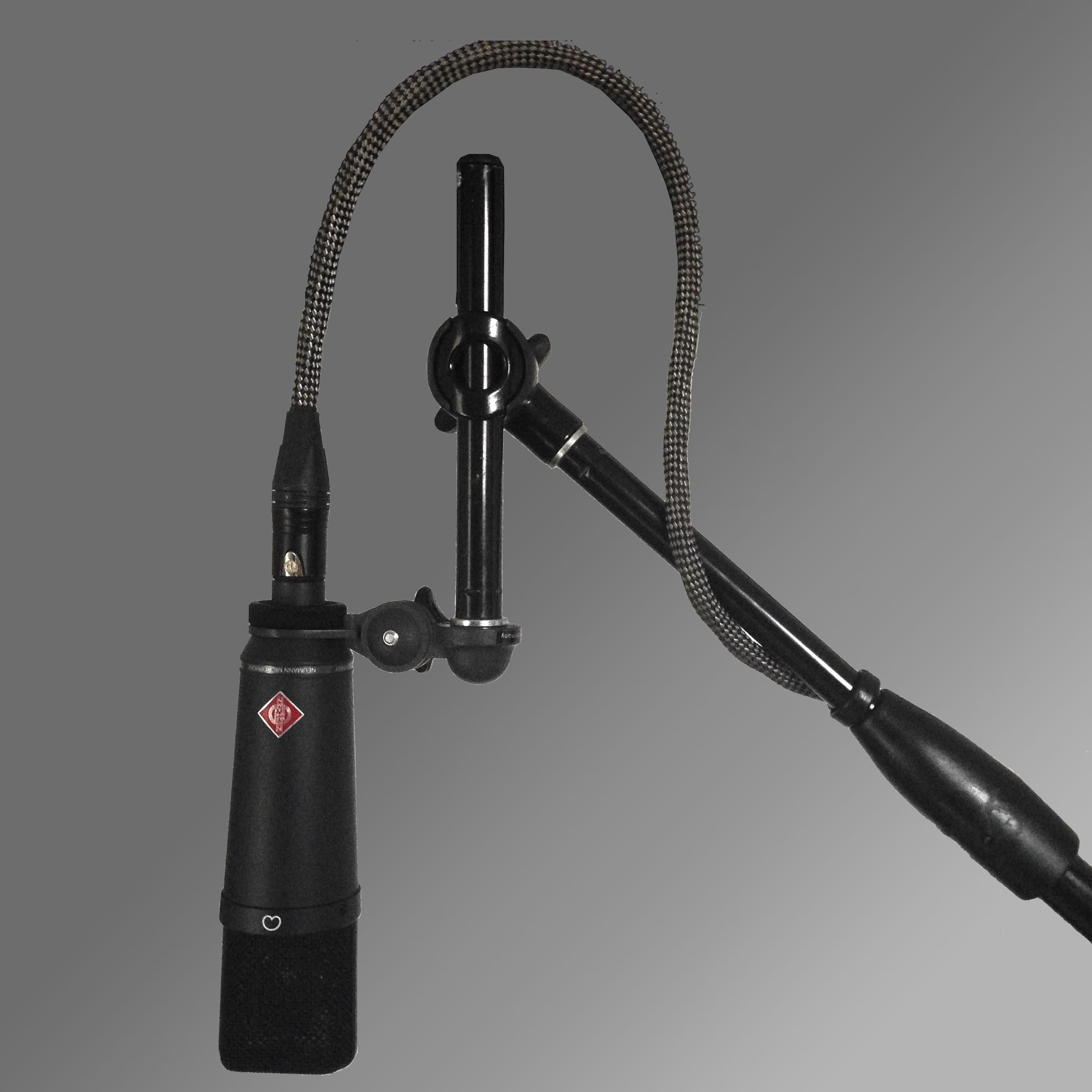
Neumann TLM 193
The small large-diaphragm microphone from Neumann
The TLM 193 is one of Neumann's most underrated microphones. Due to its significantly smaller diaphragm compared to the typical Neumann large diaphragms like the KA 87, the TLM 193 reacts very smooth to off-axis sounds. The TLM 193 has also a smooth frequency response. This and its compact exterior make it a perfect spot microphone for strings and woodwind instruments. The TLM 193 is also an insider tip for recording background voices. In contrast to the U 87 it is somewhat less "in your face" in the mix.
The close relationship to the U 89 and the TLM 170 is clearly recognizable. All three share the same capsule. The U 89 is, however, built with discrete components and with a transformer, the TLM 170 uses integrated circuits and is transformerless. The TLM 193 is in principle a TLM 170 with only one active membrane with a fixed cardioid characteristic.
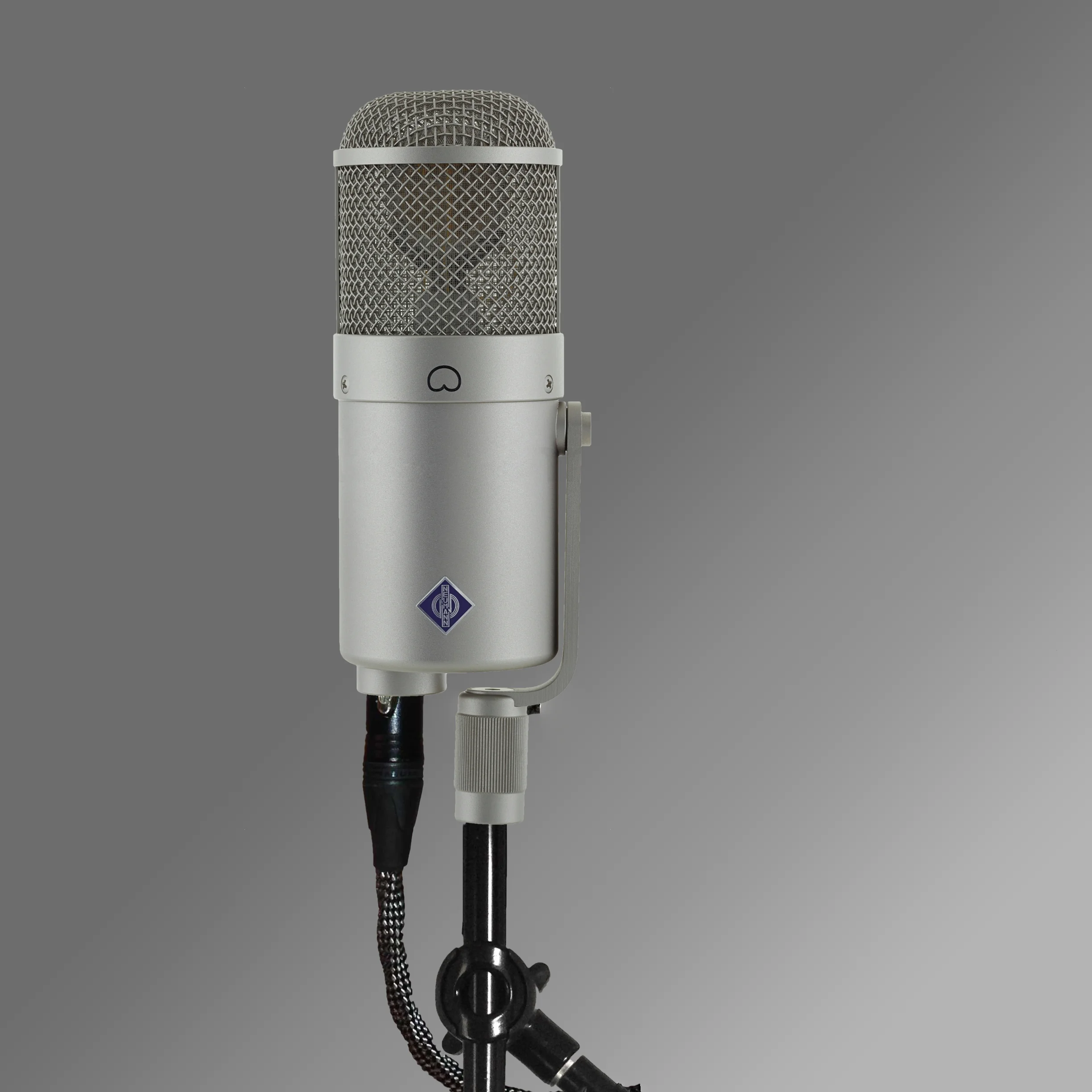
Neumann U 47 FET
The most wanted "universal microfone"
The Neumann U 47 has a long history. It was Frank Sinatra's favorite microphone under the nickname "Telly". Telly, by the way, was the short name for Telefunken, which is remarkable because Telefunken had never built its own microphones. However, Telefunken did distribute Neumann microphones in the USA, because Neumann did not have their own distribution in the USA at that time. The U47 came in many different iterations. The first U47 was introduced at the 1947 Funkausstellung (hence the name). It featured an M7 capsule with a diaphragm of gold-coated PVC. However, Neumann replaced the M7 capsule relatively soon with the K47 capsule with a gold-coated Mylar diaphragm, which was much more robust and durable. When Telefunken ceased production of the legendary V14 steel tube in 1957, Neumann discontinued production of the U47, which required this tube. Demand for the U47 remained high, however, and in 1965 Neummann decided to market a revised U47 based on a transistor circuit called the U47 FET. This microphone was produced until 1986. It was Neumann's first transistorized microphone, and was distinguished by the fact that it handled high sound pressure levels without complaint, while retaining its high resolution. From then on, the U47 FET was often seen not only in front of male voices, but also in front of bass drums and amps. In 2014, Neumann decided to revive this outstanding microphone as a re-issue. For this purpose, the original plans were taken and components that are missing today, such as the transformer, were remanufactured according to the same specifications. The U47 was the first microphone with a changeable polar pattern. As a dual diaphragm microphone, an omnidirectional and a cardioid pattern could be set. The U48, manufactured around the same time, could be changed from cardioid to figur 8 characteristic by swapping the polarization of the second diaphragm. The U47 has plenty of color and charm in all versions. The original M7 / tube U47s were known for their full, flattering sound with plenty of low mid flesh, high resolution and a wonderful sparkle. The U47 FET is a bit edgier and has a slight boost in presence that helps many voices and guitars cut through very well in the mix. The U47 FET sounds fantastic as a vocal mic, but also on bass drum and bass and guitar amps. Especially with a distorted guitar sound, the U47 can positively maintain the "aggressiveness" without sounding annoying.
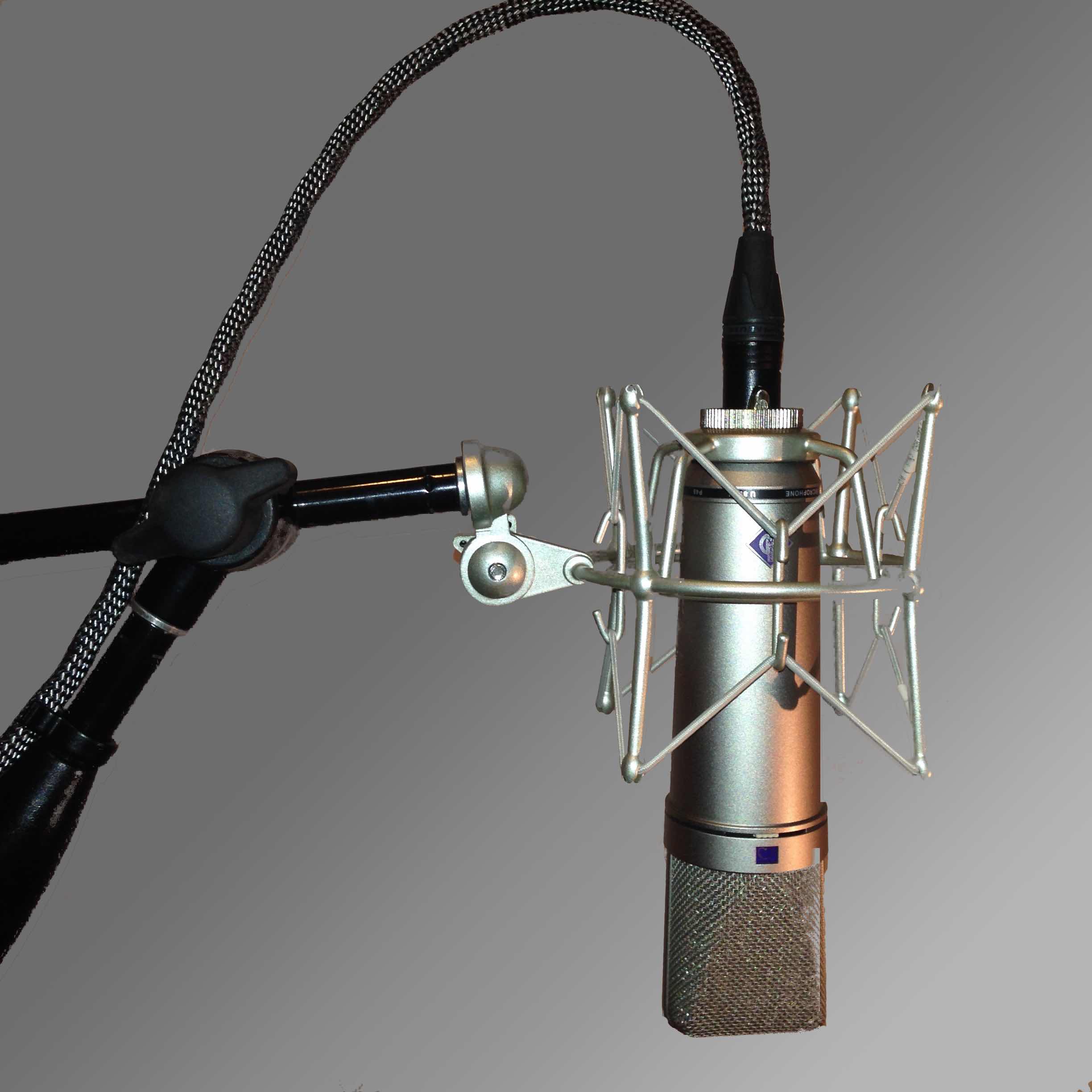
Neumann U 67
Probably the best sounding "universal microphone" ever
With the U47 Tube, the Neumann U 67 is probably the most sought-after microphone of all. It uses the famous K67/K87 capsule like the U87, but it is based on tube technology. It appeared first in 1960 to become the most popular studio microphone in a very short time. Al Schmidt, the famous audio engineer legend, openly says that this is his "dessert island" microphone. It sounds equally fantastic on double bass as it does on brass or as a vocal mic. The U67 has excellent resolution, with tremendous midrange flesh and a silky sound in the treble region.
In 1971, this wonderful microphone was taken off the market, as the ease of use of transistorized microphones prevailed in the 1970s. However, the U67 became an absolute cult object in a very short time. Used microphones were last traded for well over € 10,000. In August 2019, the time had come: Neumann decided to rebuild missing components and issued a new, original reissue edition, according to exact specifications and plans. Even the free wiring was adopted and the transformer was rewound with the same specifications. A crazy effort was made, but it was worth it: the best sounding microphone of all time is available again - in new! The price is still no bargain, of course, but reasonable when you consider the effort and the sound.
As described above, the U67 actually sounds fantastic on all sources. From overheads to basses, cellos and violins, it also sounds fantastic on brass. It is also considered one of the best vocal mics around.
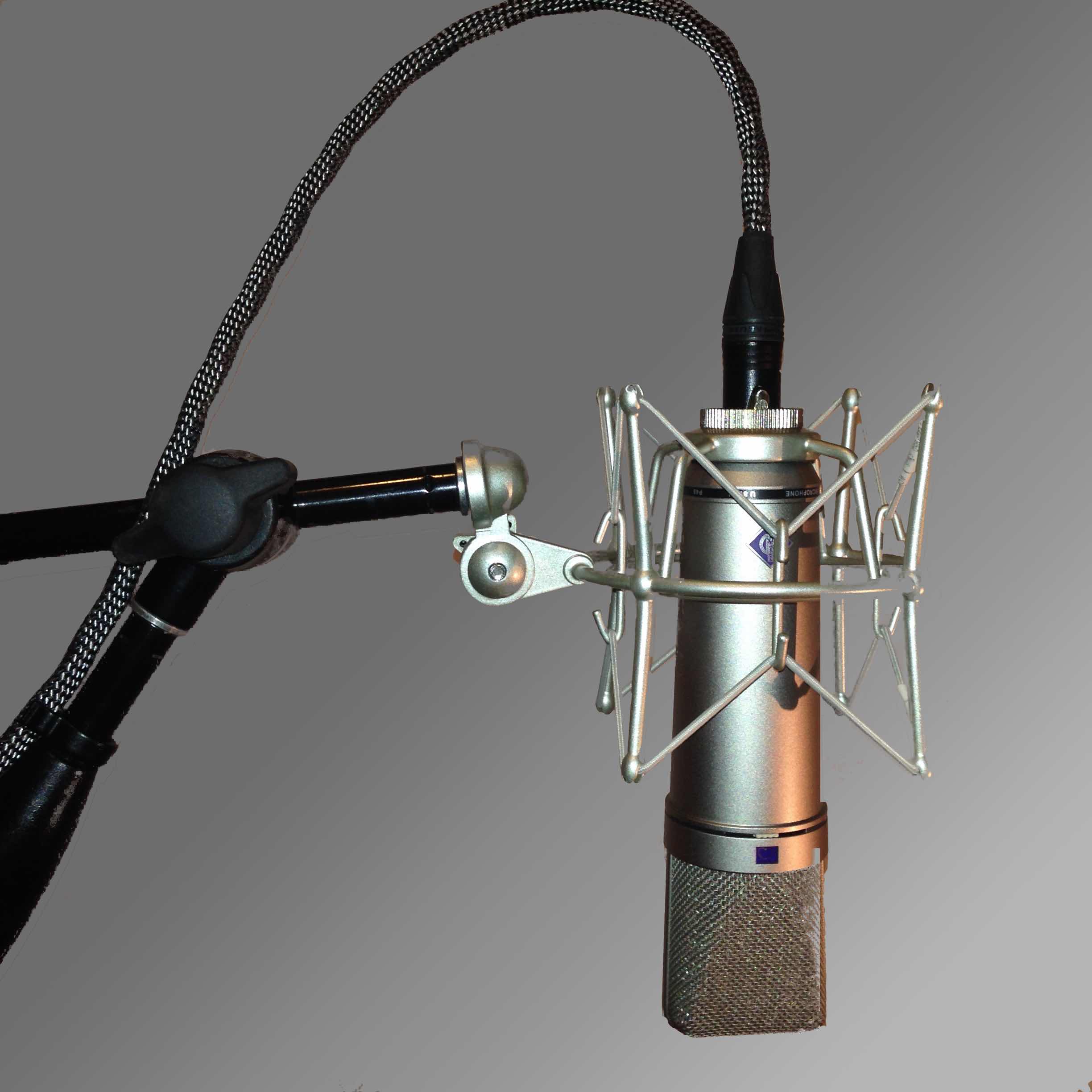
Neumann U 87
The worldwide standard in professional studios
The Neumann U 87 is the longest-produced condenser microphone of all time. Its excellent frequency response with its very balanced, present sound image as well as the possibility of switching different directional characteristics, pre-attenuation and bass reduction make it shut one of the most popular studio microphones. It is one of the few Neumann microphones currently available with an output transformer.
Thanks to its balanced sound, it is very suitable for almost all situations and, thanks to its own signature, it also asserts itself excellently in the mix. It is particularly suitable for vocals, speech, drums and percussion, vibraphone, overheads, amps, piano and grand piano, guitar, double bass, cello, and wind instruments.
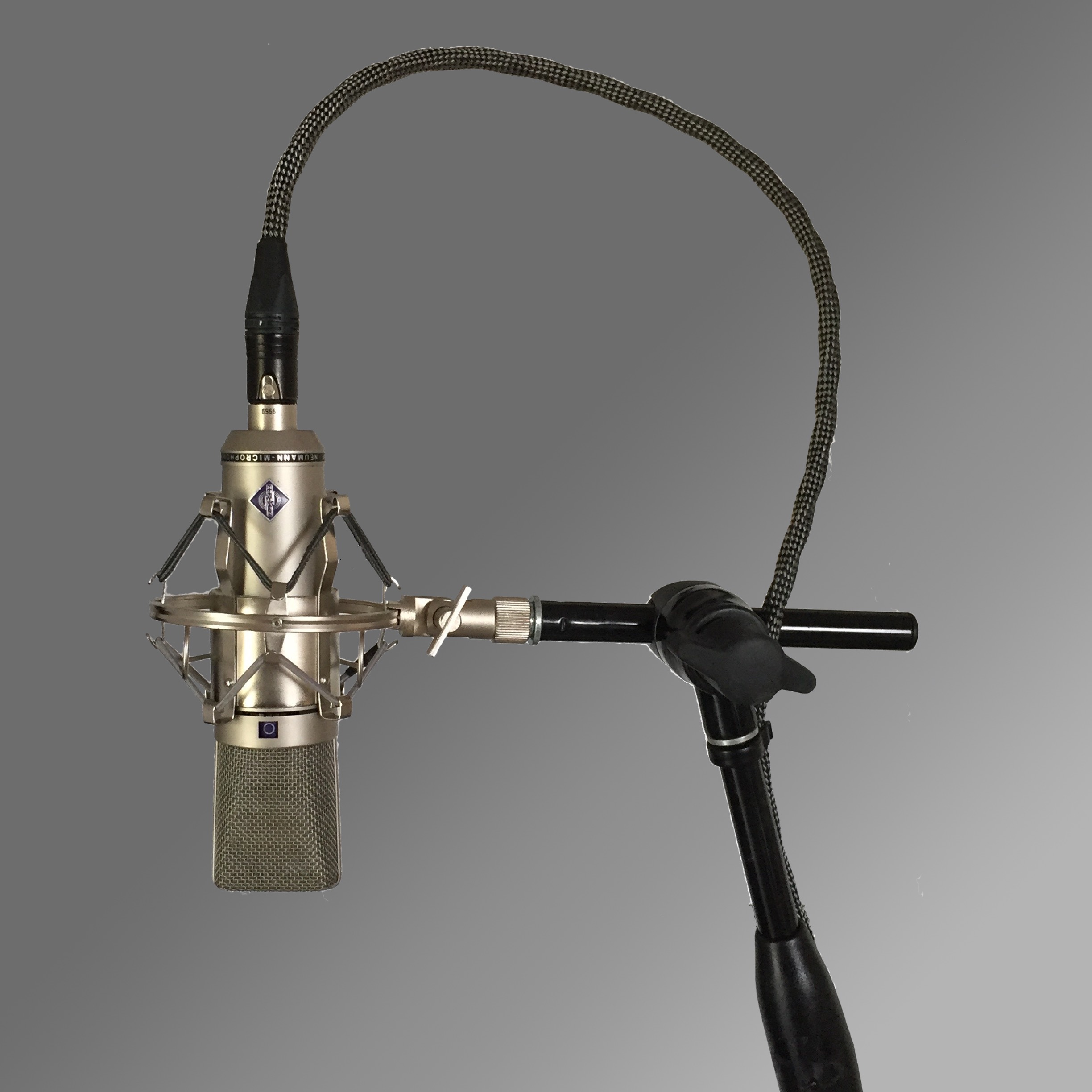
Neumann U 89
The slightly different successor
The Neumann U 89 was originally developed as the successor to the U 87. Due to the very noble signature of the U 87 this is still available today and is still popular as a real classic. With its five directional characteristics (the wide cardioid sounds particularly nice) and its smaller membrane, the U 89 bridges the gap with the neutral modern microphones. The U 89 sounds fantastic for almost all instruments. The discrete circuits and the output transformer guarantee the highest sound quality without sounding boring.
Due to its linear frequency response and the high tolerance to sound waves arriving from the side due to its "small" membrane, it is suitable for almost all instruments.
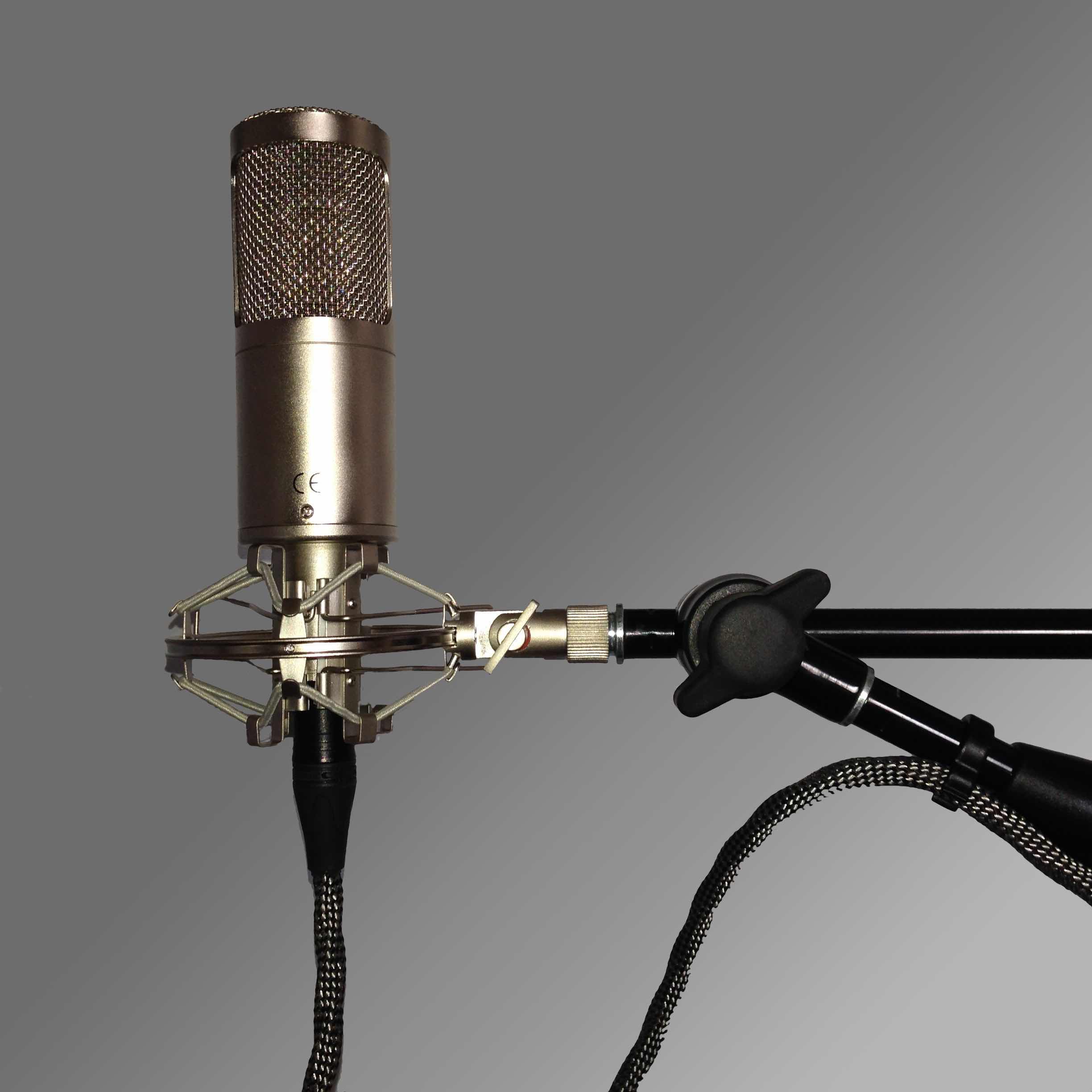
United Minorities B1
Proof that modifications can make “inexpensive” mics exceptional
Attila Czirjak from United Minorities is a jack-of-all-trades in many ways. He is the developer of the ingenious speaker system Ginko, he develops special electronic equipment and microphones and also modifies microphones. When Studio Projects released the B1, the feedback was polar and explosive. A condenser microphone for 150 euros that also sounds reasonable? In fact, the B1 is still a microphone that is characterized by an unbelievable price-performance ratio. Atilla took a closer look at this microphone and was thoroughly impressed by the mechanical quality. After a long process of measurements and many listening sessions, Atilla Czirjak developed completely new electronics. The result was more than impressive for us. We haven't seen such a low-noise microphone yet. It sounds very dynamic, with a warm timbre, a tiny bit grainy and tends to be a bit darker in the highs.
This makes this microphone ideal for all types of singing, especially male singing and rap. Thanks to its warm timbre, the UM B1 also sounds wonderful on acoustic guitars, double basses, saxophones and wooden percussions.
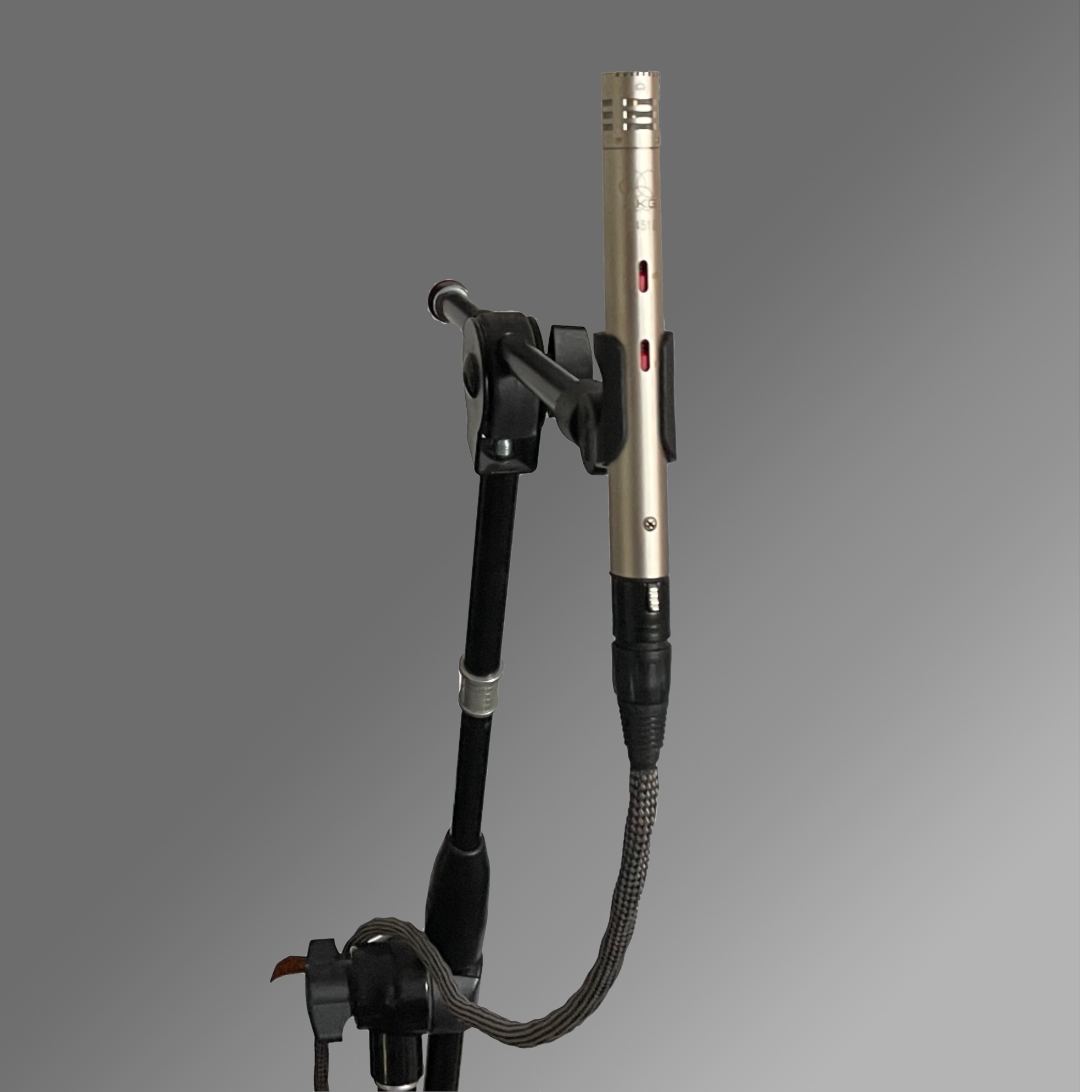
AKG C 451
Al Schmitt's favorite hihat microphone
Al Schmitt, the most famous and probably the best audio engineer ever loved the AKG C451 for hihats and snares. Indeed, the C451's small diaphragm reproduces transients superbly. At the same time, the microphone has a "tight" polar pattern and can handle the highest levels of up to 154 dB. This makes the AKG C 451 ideal for percussion and drums, especially for recording and miking cymbals, hihat and snare.
Due to the good transient reproduction, the C451 is also suitable for recording acoustic guitar. Here it stands out with a fine, bright silvery and glittery signature.
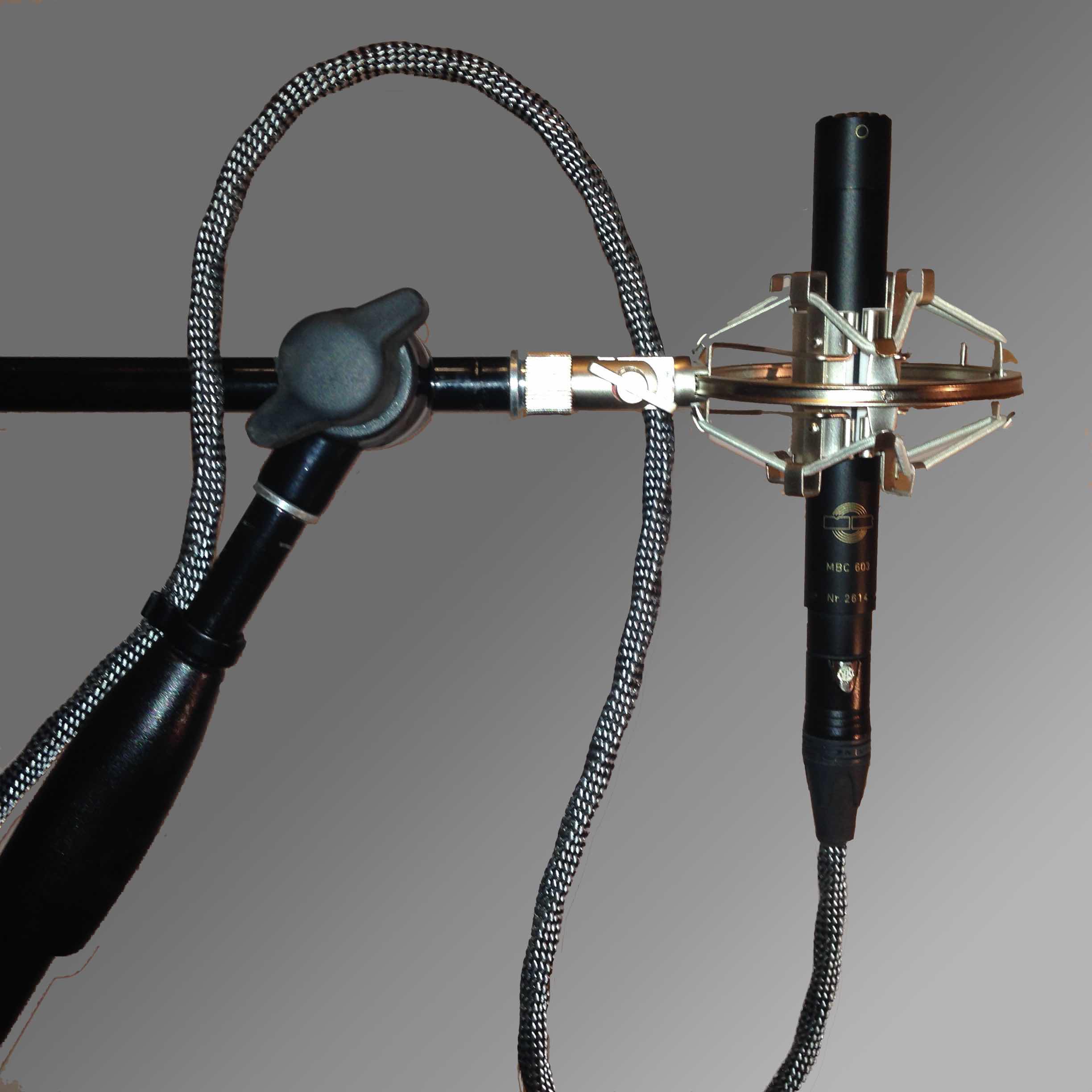
MBHO Haun KA 100
The omni from MBHO Haun
MBHO Haun is an unjustifiably unknown German microphone manufacturer. In addition to their own, very high-quality microphones, MBHO also produces capsules for other big names, e.g. for Brauner. Mr. Schneider, the chief engineer of MBHO, was with Schoeps for a long time and the founder Mr. Haun earned his spurs at Beyer a long time ago. This background can already be interpreted as an indication of the quality of your products ...
The transformerless impedance converter / microphone amplifier MBP 603 uses a complex circuit for high efficiency, low noise and lowest distortion values. It is the central part of the modular system with various capsules.
The KA 100 is a small diaphragm capsule with omnidirectional characteristics designed as a real pressure receiver. Due to its coloration-free characteristics, it is suitable as a workhorse in all good-sounding rooms. We use this microphone in small and large AB or in a DECCA tree. It is very suitable for guitars, strings, woodwind instruments, accordions and grand pianos.
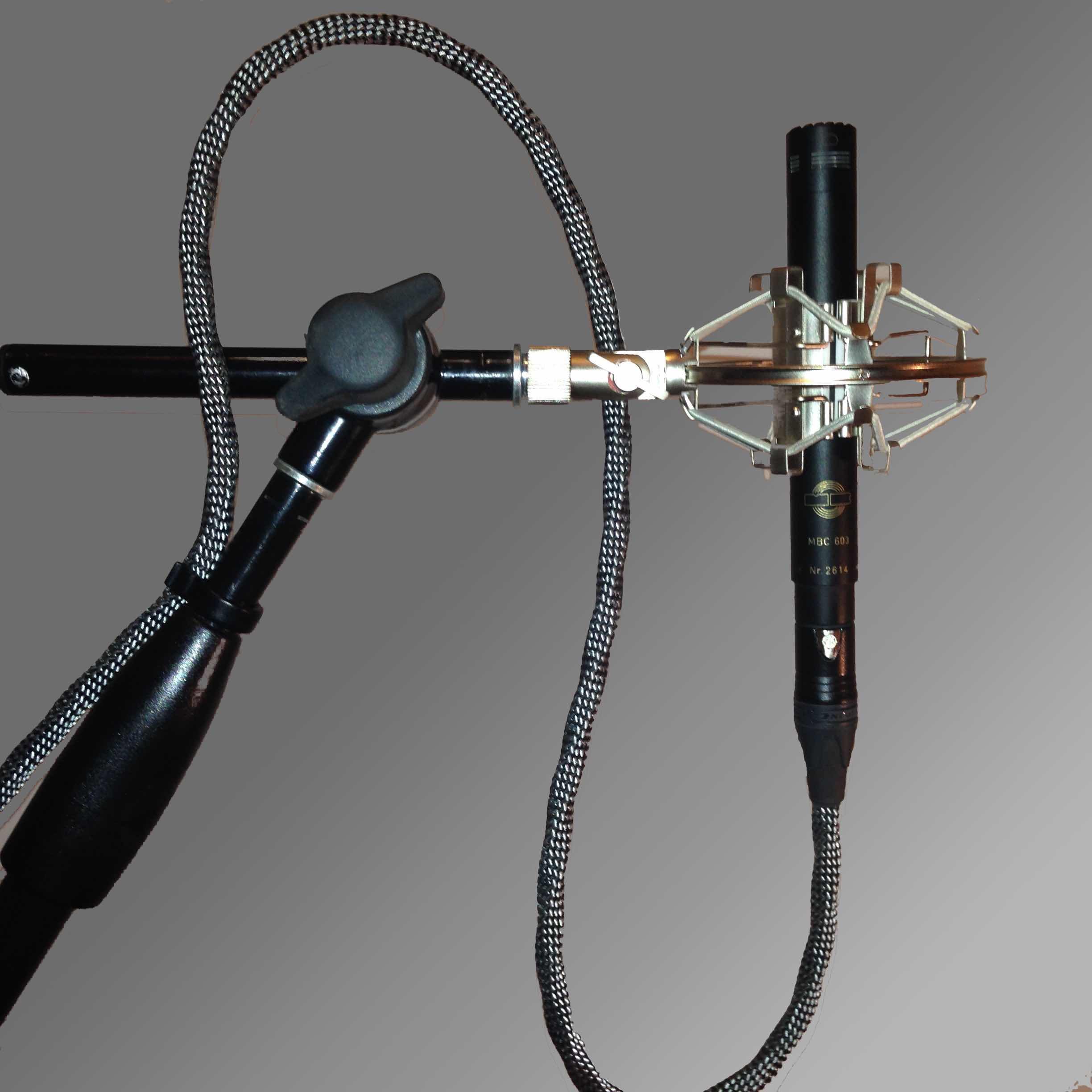
MBHO Haun KA 200
The workhorse from MBHO Haun
MBHO Haun is an unjustifiably unknown German microphone manufacturer. In addition to their own, very high-quality microphones, MBHO also produces capsules for other big names, e.g. for Brauner. Mr. Schneider, the chief engineer of MBHO, was with Schoeps for a long time and the founder Mr. Haun earned his spurs at Beyer a long time ago. This background can already be interpreted as an indication of the quality of your products ...
The transformerless impedance converter / microphone amplifier MBP 603 uses a complex circuit for high efficiency, low noise and lowest distortion values. It is the central part of the modular system with various capsules.
The KA 200 capsule is a high quality cardioid capsule and is therefore suitable for typical stereo applications or as a support microphone.
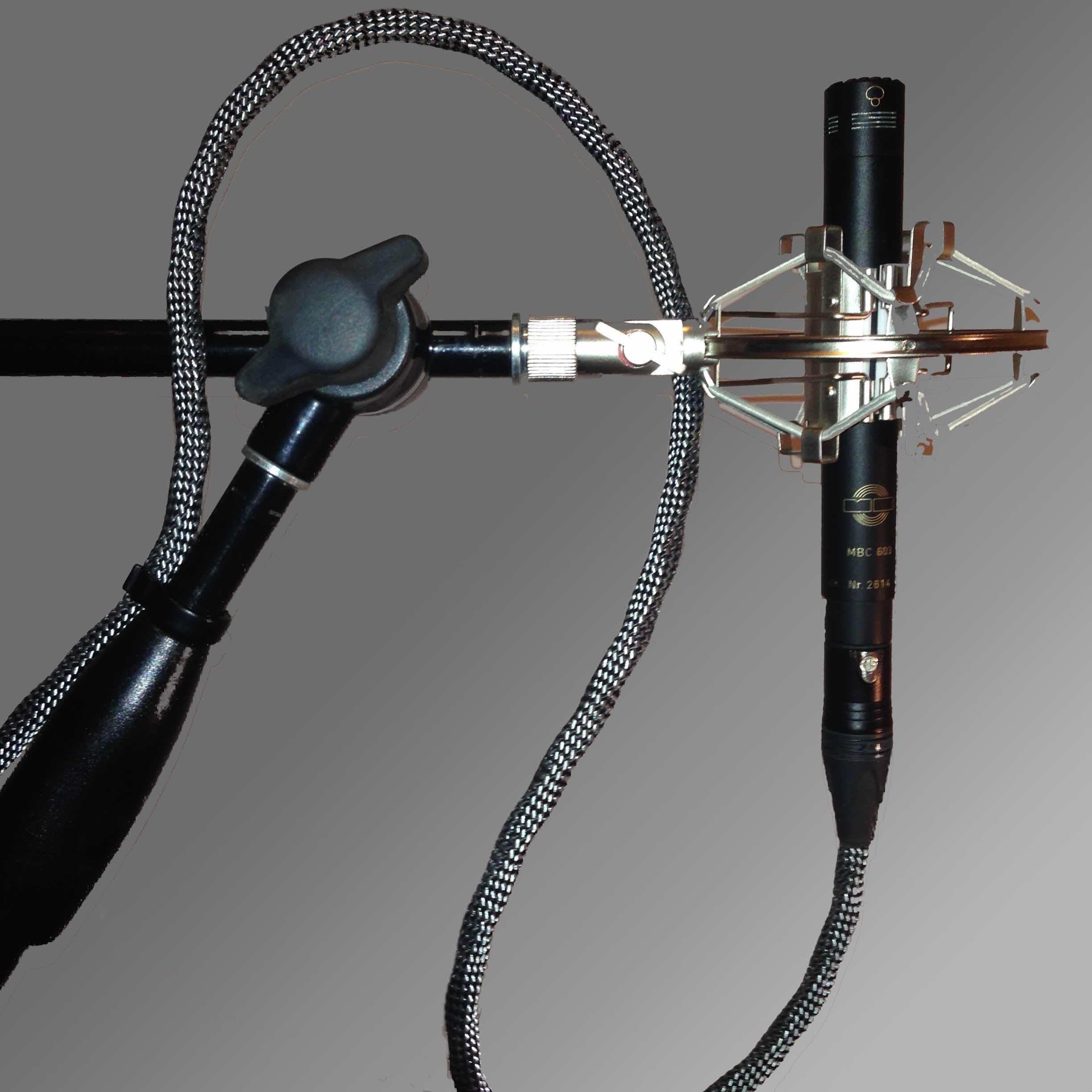
MBHO Haun KA 500
MBHO Haun's great sounding hypercardoid
MBHO Haun is an unjustifiably unknown German microphone manufacturer. In addition to their own, very high-quality microphones, MBHO also produces capsules for other big names, e.g. for Brauner. Mr. Schneider, the chief engineer of MBHO, was with Schoeps for a long time and the founder Mr. Haun earned his spurs at Beyer a long time ago. This background can already be interpreted as an indication of the quality of your products ...
The transformerless impedance converter / microphone amplifier MBP 603 uses a complex circuit for high efficiency, low noise and lowest distortion values. It is the central part of the modular system with various capsules.
The KA 500 is one of the very few coloration-free and good-sounding hypercardioid capsules on the market. In addition to the focused recording of individual acoustic instruments or overheads, we like to use this capsule for OCT and OCT surround recordings for choirs and orchestras, because its very small diaphragm attenuates sound from the side very evenly.
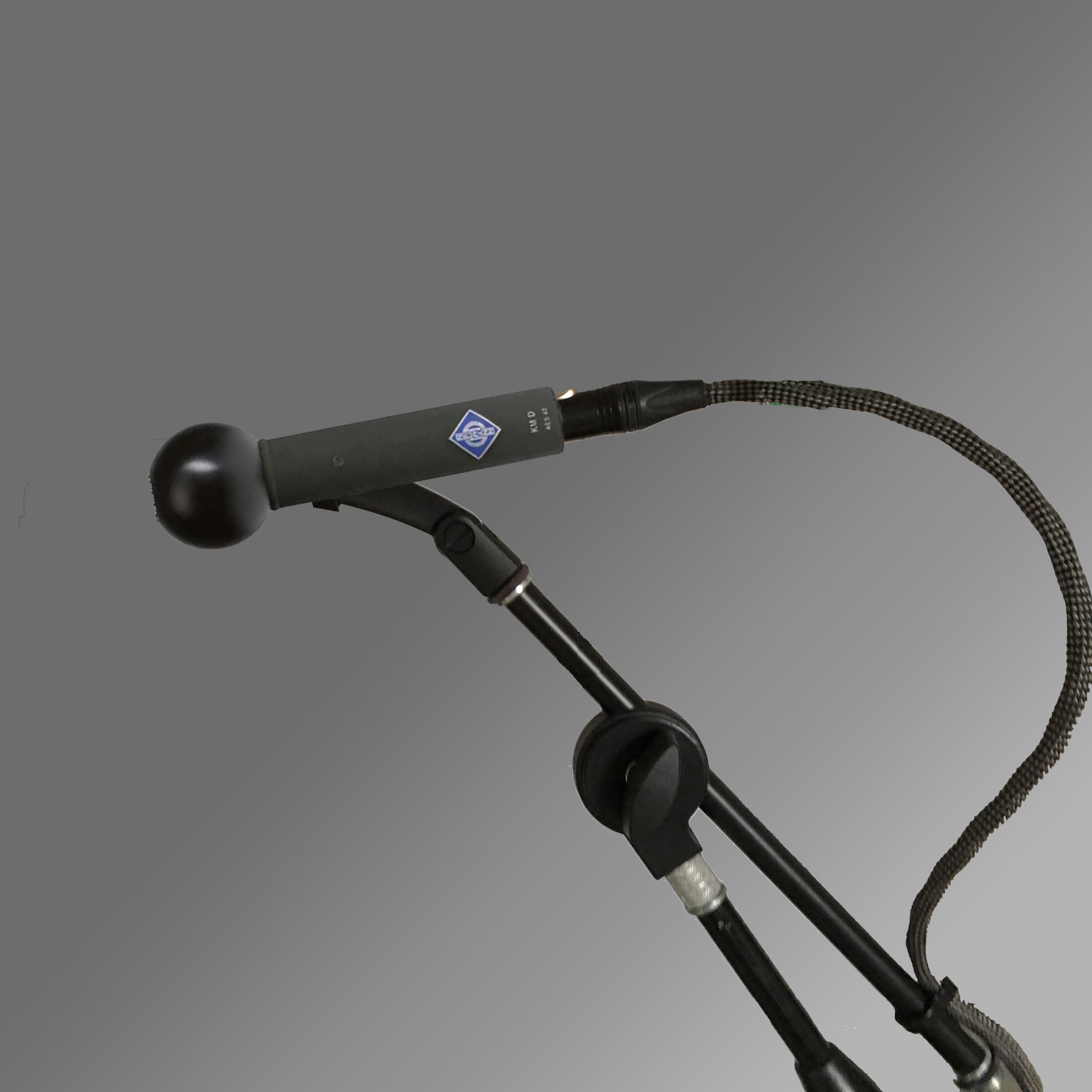
Neumann KM 133
The very special pencil microphone
The KM 133 is probably the most elaborate and expensive pencil small diaphragm microphone that can be bought. It has an ultra-small (12 mm) membrane made of titanium, with an extremely small distance to the counter electrode. It thus has an incredible transient response. It was developed from the start for use with a sound diffraction sphere. This microphone thus combines the technology of a preassure microphone, with its perfect reproduction of low frequencies, and the increasing directivity at high frequencies. This microphone is therefore perfect for orchestral recordings, where it resolves even the finest sound structures at a great distance. The KM 133 has the same capsule as the well-known high-end Neumann M150, which in turn is the successor to the legendary M50. All of these microphones are designed to be the ideal microphone for polymicrofonics like the DECCA Tree. While the KM 133 is easier to handle and a bit cleaner in sound. The sound diffraction sphere can be removed for a slightly different character. The titanium capsule appears, which in this configuration has a more pronounced emphasis on the high frequency range at 12 kHz (approx. 4 - 5 dB), while the sound diffraction sphere leads to a pressure build-up and gently increases frequencies from 2.5 kHz.
Preferred areas of application: Extremely clean main microphone in DECCA Tree and AB. The KM 133 also sounds fantastic when it comes to recording the grand piano. Due to its unique directional characteristic, it sounds close and still allows the full sound of the grand piano to be recorded from a distance.
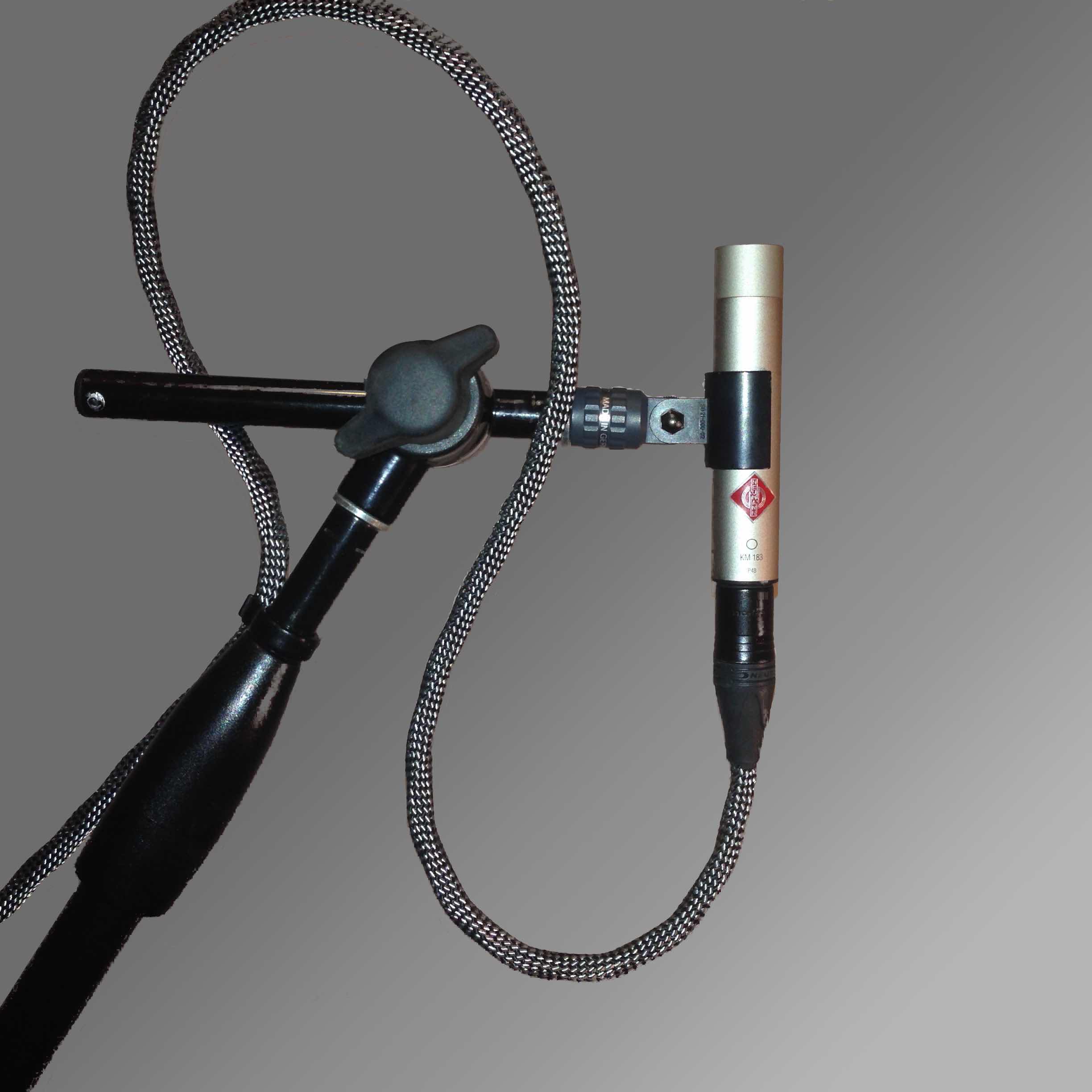
Neumann KM 183
The studio standard among the small diaphragm pressure receivers
Direct successor to the KM 83, manufactured from 1966 to 1992, which was part of the first microphone series with 48V phantom power. The newer transformerless design of the KM 183 has extremely little noise and, with its omnidirectional characteristic, is at home as a real pressure receiver wherever great acoustics are to be captured and basses down to 0 Hz are to be recorded. The KM 183 has the special capability of catching a "larger than live" sound.
The KM 183 is suited for AB recordings as well as center signal for MS recordings. The KM 183 is particularly suitable as a main microphone in the orchestra, choir pick-up and as a room microphone.
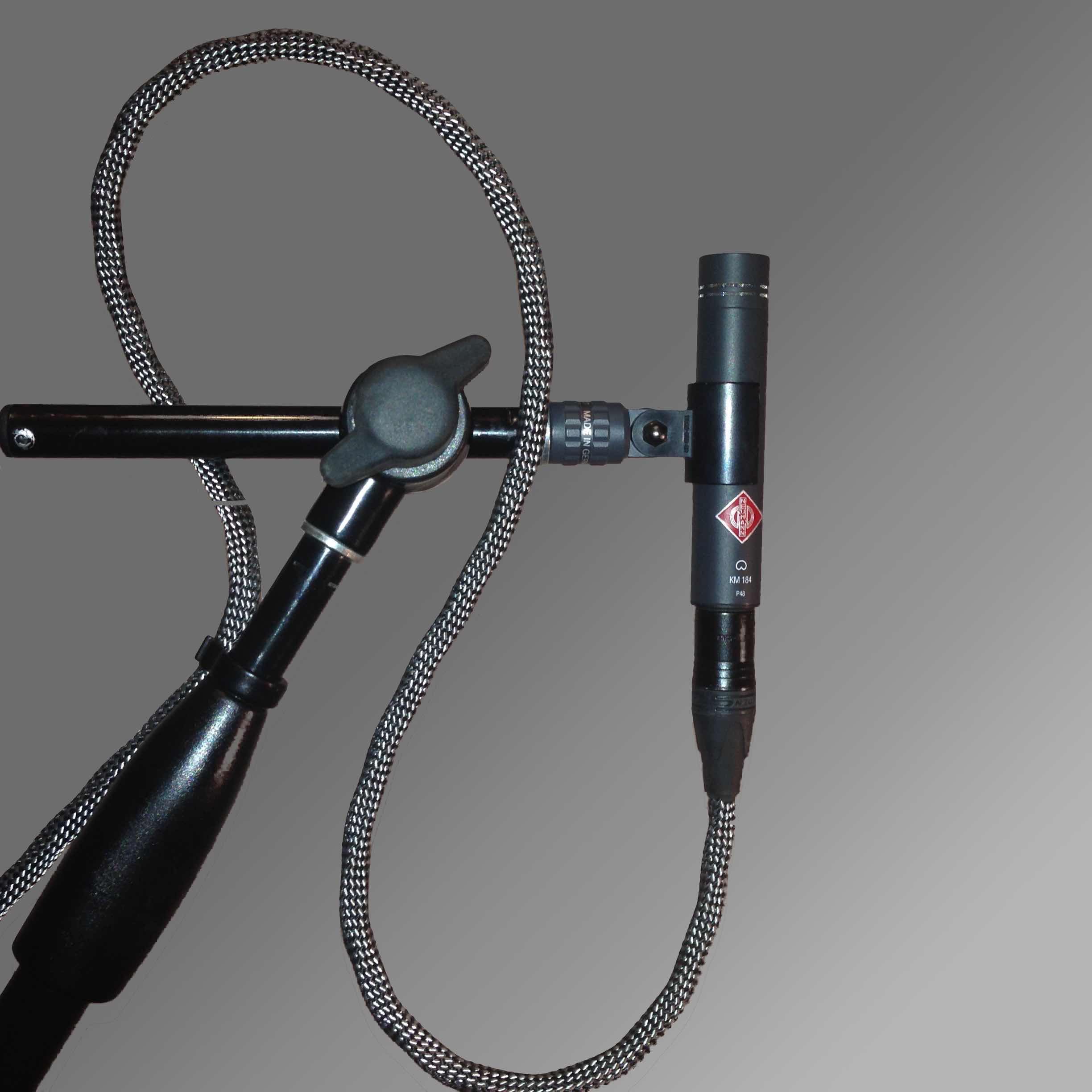
Neumann KM 184
The studio standard among small membranes
The KM 184 is the direct successor to the KM 84, which was manufactured from 1966 to 1992. This was part of the first microphone series ever with 48V phantom power. The newer transformerless design of the KM 184 has very little noise, it sounds a little brighter than its predecessor, the KM 84, so it stays fresh in the treble range even at longer distances.
As a cardoid microphone the KM 184 is suited for XY microphones, ORTF and NOS as well as for the center signal for MS recordings. The KM 184 is suitable for all instruments in which the room components should be surpressed. It is also a standard for snare carpet and overheads.
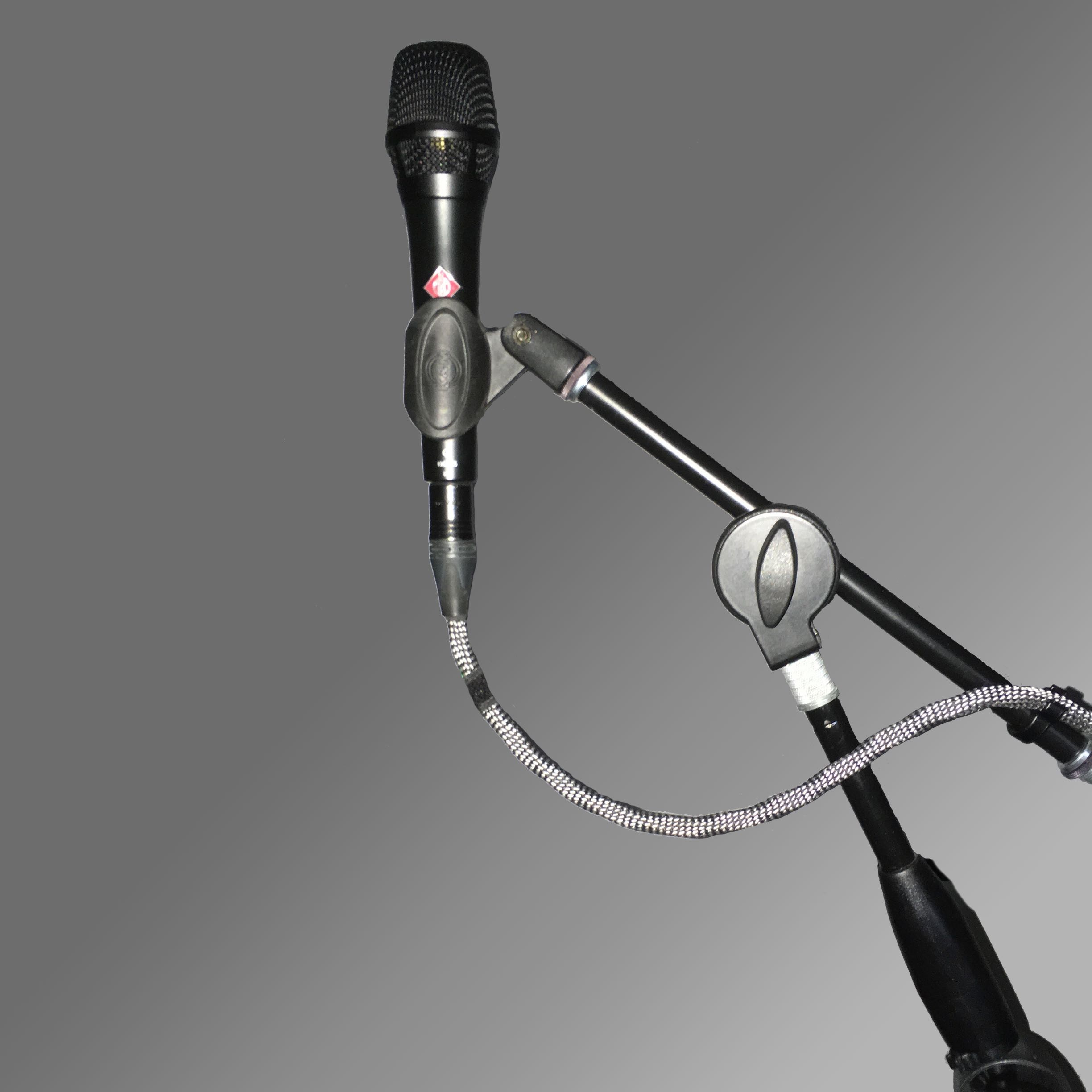
Neumann KMS 105
The Neumann sound for the stage
The Neumann KMS 105 has a capsule similar to the KM 185. However, when developing it, Neumann attached great importance to robustness and a high degree of insensitivity to plosives, which are very well tamed by a two-stage filter. The KMS 105 has wonderful, silvery highs and sounds a bit slim in the bass. The perfect microphone on stage for the discerning singer. The hypercardioid polar pattern paired with the silky highs, which minimizes the use of equalizers, ensure a high level of resistance against feedback.
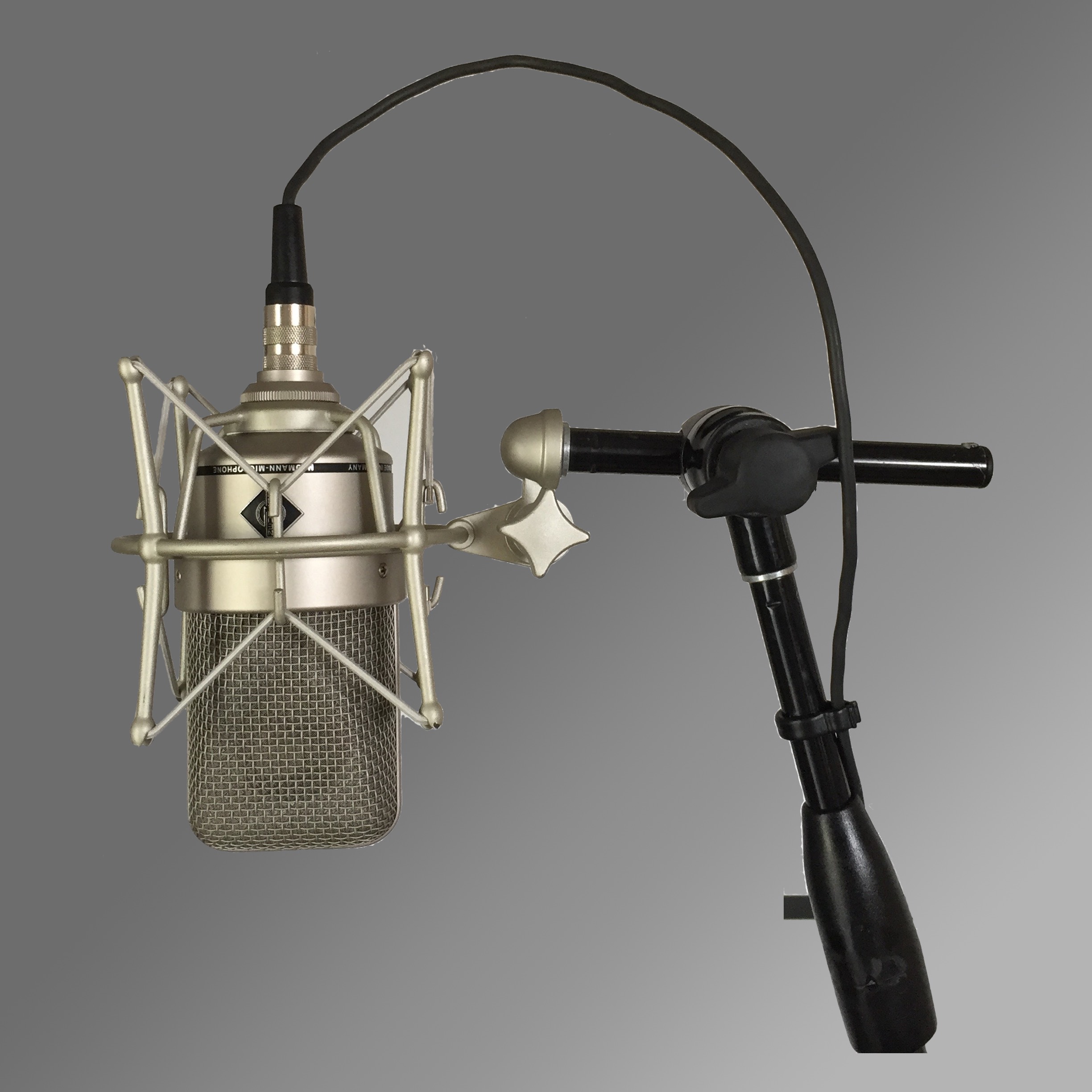
Neumann M 150
The new edition of the ultimate orchestral microphone
The M150 is the successor to the legendary M 50 and is unique in several ways. It looks like a large diaphragm microphone, but the titanium diaphragm has a diameter of just 12 mm. This is also very small for a small diaphragm microphone. As a further special feature, the titanium membrane is embedded into a sphere. This pressure receiver thus has a directional effect that increases too high frequencies. It combines the bass performance and natural respnse of an omni capsule with a pronounced directionality. This microphone also perfectly resolves finest, distant sound structures.
The tube circuit comes from the M149 and ensures extremely low-noise and a soft tone. All of these properties result in a unique microphone, but also at a "unique price".
This is the ultimate microphone for Deccatree or AB recordings of orchestras, grand pianos and string instruments in good rooms.
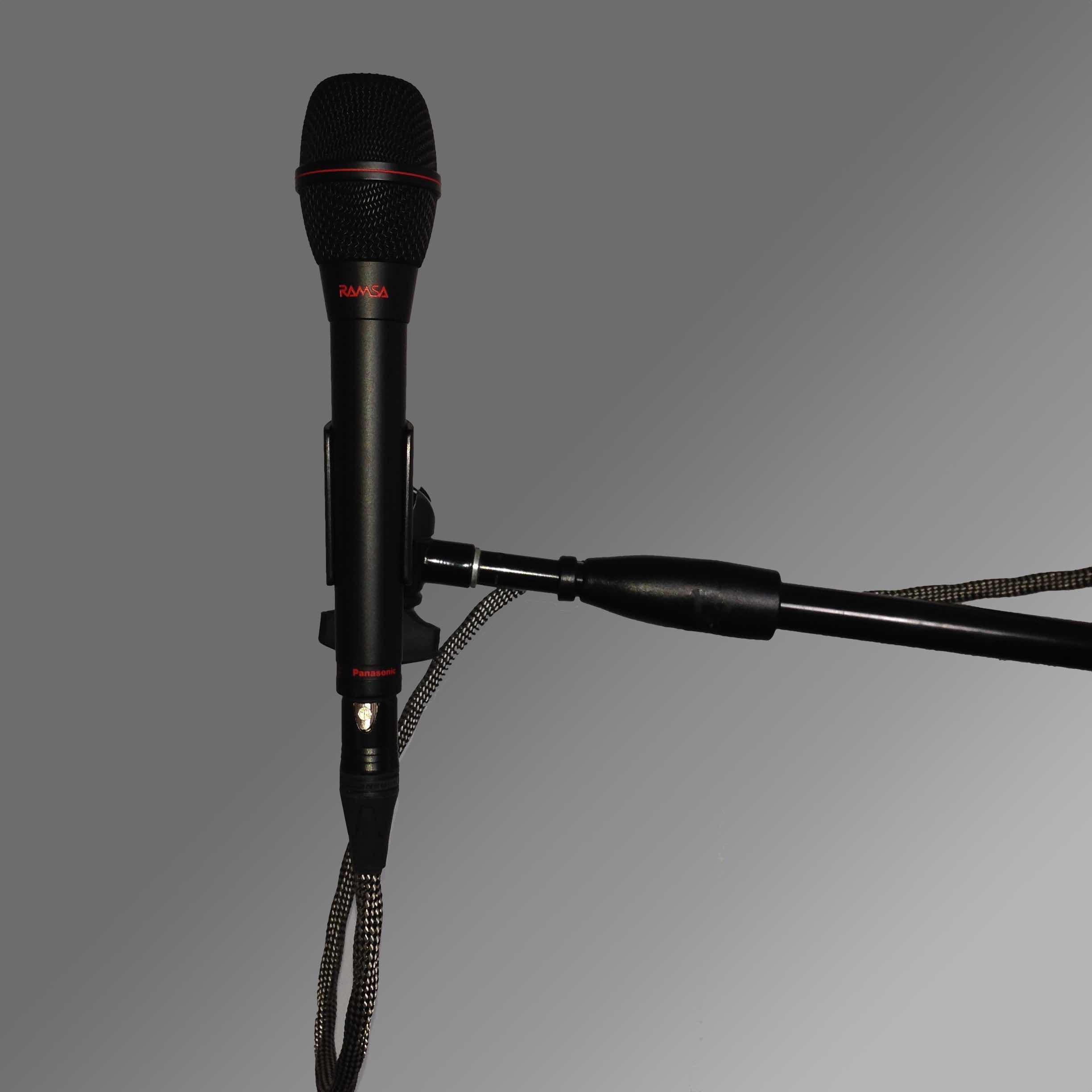
Ramsa WM P40
The live microphone with the studio sound
Ramsa is best known as a manufacturer for its 12/2 speaker, which was mainly used by entertainment bands due to its compact size and performance. However, this narrow focus is doing this manufacturer an injustice. Ramsa developed a lot of audiophile treasures in the 80s and 90s like mixers, amps, digital signal processors and microphones.
As far as we know, the WM P 40 has not been sold in Germany. It is a condenser microphone, which is similar to the Neumann KMS 105 but also robust enough for live music. The WM P40 has a frequency response of 40 - 18,000 Hz and has a high resolution with a nice sheen.It is therefore ideal for female vocals.
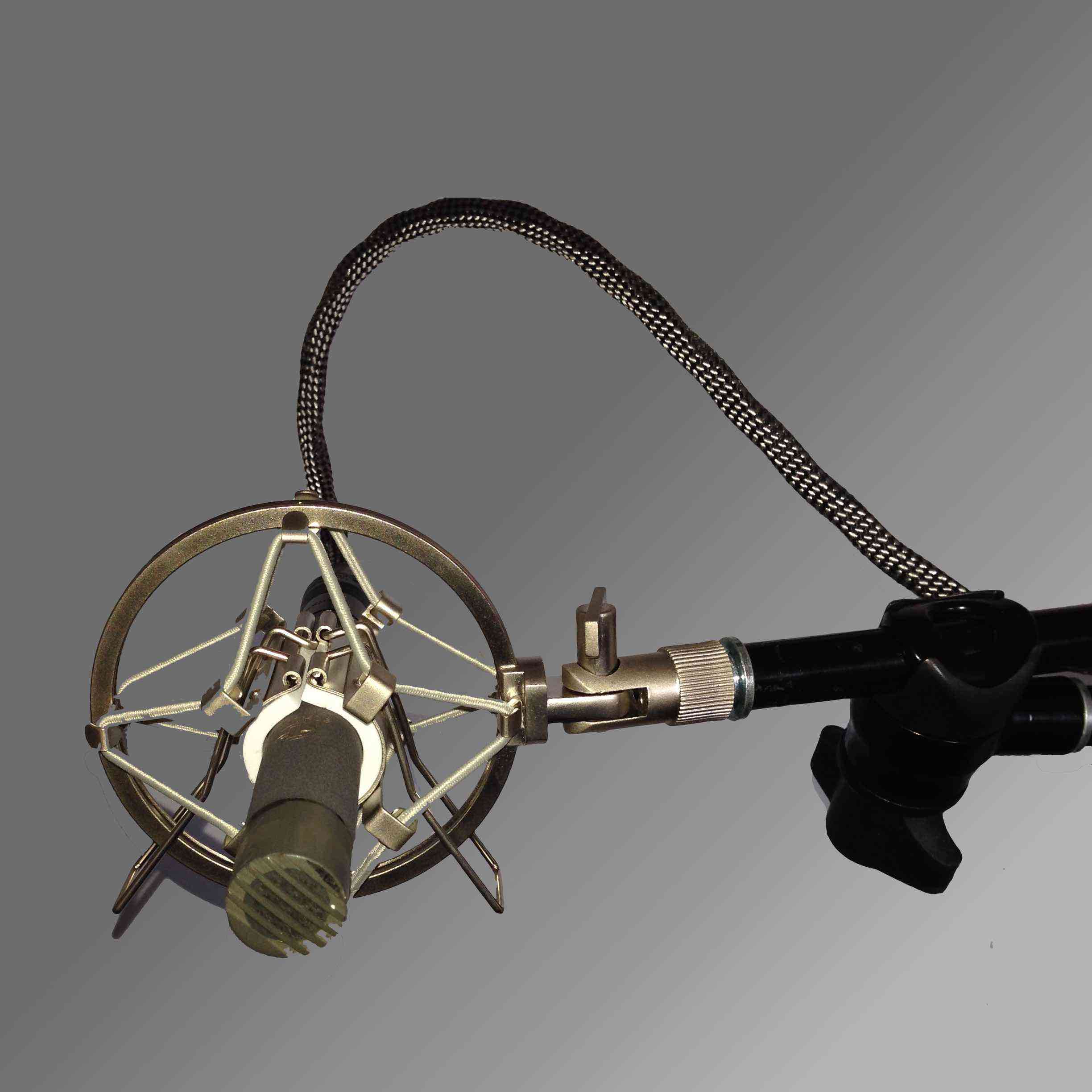
Schoeps MK 2s on CMC 1, 5 & 6
The diffuse field equalized omni
The Schoeps Colette series is the first (since 1973) and to this day the leading modular small diaphragm system. There is no other system with so many specialized components - all of the highest quality. The system relies on transformerless output circuitry, extremely frequency-stable directional characteristics with a very high resolution, which leads to a coloration-free, very natural sound. This is why this system is particularly popular for classic recordings. There are now 3 amplifier parts (CMC 1, 5 & 6). The electroacoustic properties are roughly the same for all 3. The CMC 5 is the oldest one from this series. It is built with discrete circuits with very low noise. It's still available on request. Its successor is the CMC 6 is almost identical in terms of its dimensions and electroacoustic properties and it is100% compatible with the CMC 5. The CMC 6 works partly with integrated circuits. It has a higher rejection of high-frequency radiation than its predecessor. The CMC 1 is the newest addition to the family. By miniaturization, the housing could be reduced by ⅔ with otherwise the same specifications. The CMC 1 is also 100% compatible. We use a total of more than 20 preamps from this series.
The MK 2s capsule is a real pressure receiver with omnidirectional characteristics. In contrast to the MK 2, the MK 2s is diffuse field equalized. This makes it ideal as the main microphone at or outside the reverb radius. The MK 2s also has a fantastic resolution at longer distances. Together with the MK 8 and the Schopes "Polarflex" software, all directional characteristics can be created frequency-selective.
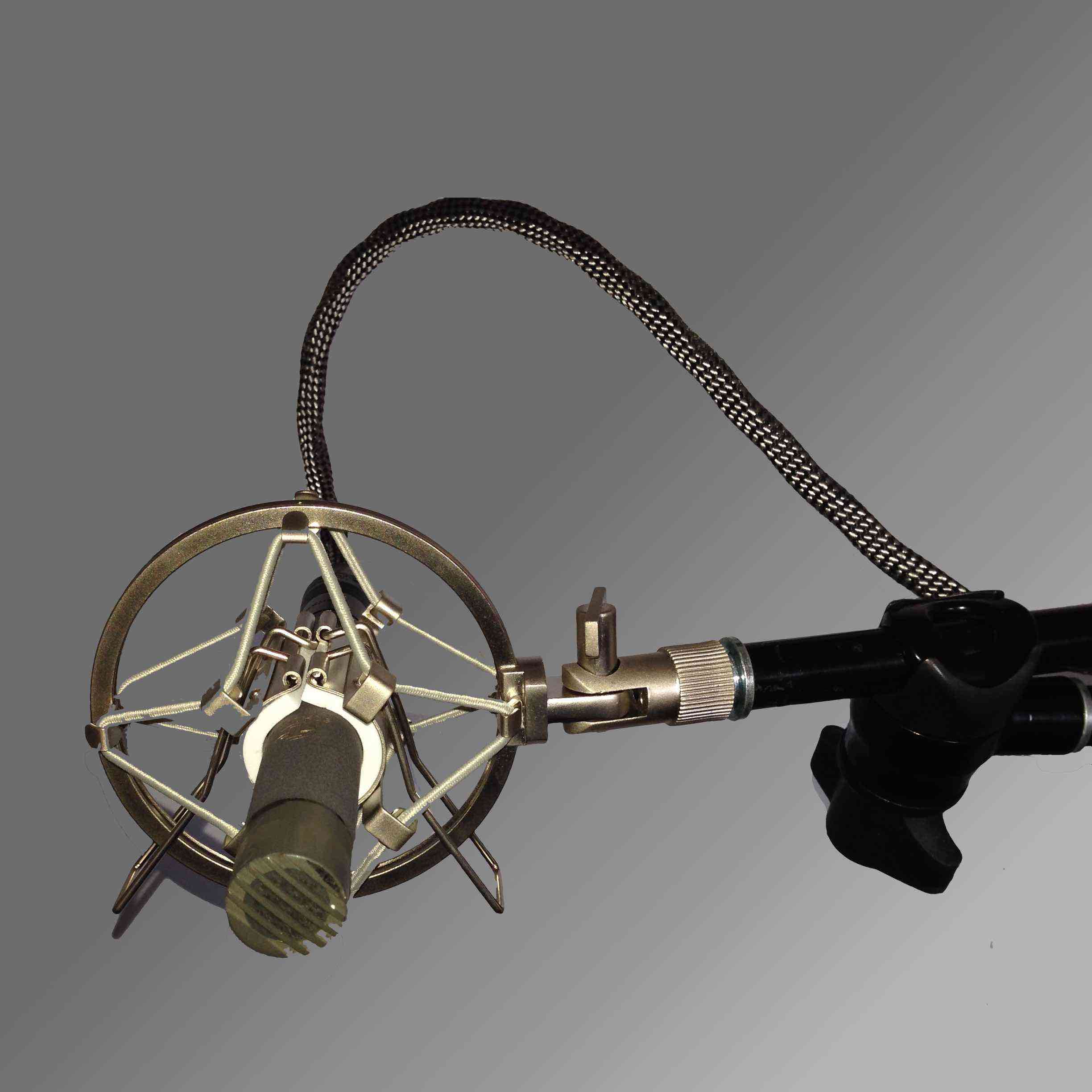
Schoeps MK 21 on CMC 1, 5 & 6
The perfect mix of omni and cardioid
The Schoeps Colette series is the first (since 1973) and to this day the leading modular small diaphragm system. There is no other system with so many specialized components - all of the highest quality. The system relies on transformerless output circuitry, extremely frequency-stable directional characteristics with a very high resolution, which leads to a coloration-free, very natural sound. This is why this system is particularly popular for classic recordings. There are now 3 amplifier parts (CMC 1, 5 & 6). The electroacoustic properties are roughly the same for all 3. The CMC 5 is the oldest one from this series. It is built with discrete circuits with very low noise. It's still available on request. Its successor is the CMC 6 is almost identical in terms of its dimensions and electroacoustic properties and it is100% compatible with the CMC 5. The CMC 6 works partly with integrated circuits. It has a higher rejection of high-frequency radiation than its predecessor. The CMC 1 is the newest addition to the family. By miniaturization, the housing could be reduced by ⅔ with otherwise the same specifications. The CMC 1 is also 100% compatible. We use a total of more than 20 preamps from this series.
The MK 21 capsule has a wide cardioid characteristic. Compared to other cardoid capsules, it is noticeable that it is relaxed and deep, which only omnis can otherwise. The rather soft sound with the extremely high resolution makes this capsule ideal for all instruments. The MK 21 capsules are particularly suitable for recording acoustic guitars, violins, but also other instruments with complex overtone structures and / or wide dispersion characteristics. In addition, the MK 21 capsules are an excellent choice for outtrigger microphones in AB or Deccatree arrangements. Broadly radiating sound bodies such as choirs sound fantastic with the MK 21. However, we cannot recommend the MK 21 for classic coincident stereo recordings. The backward attenuation is too low here.
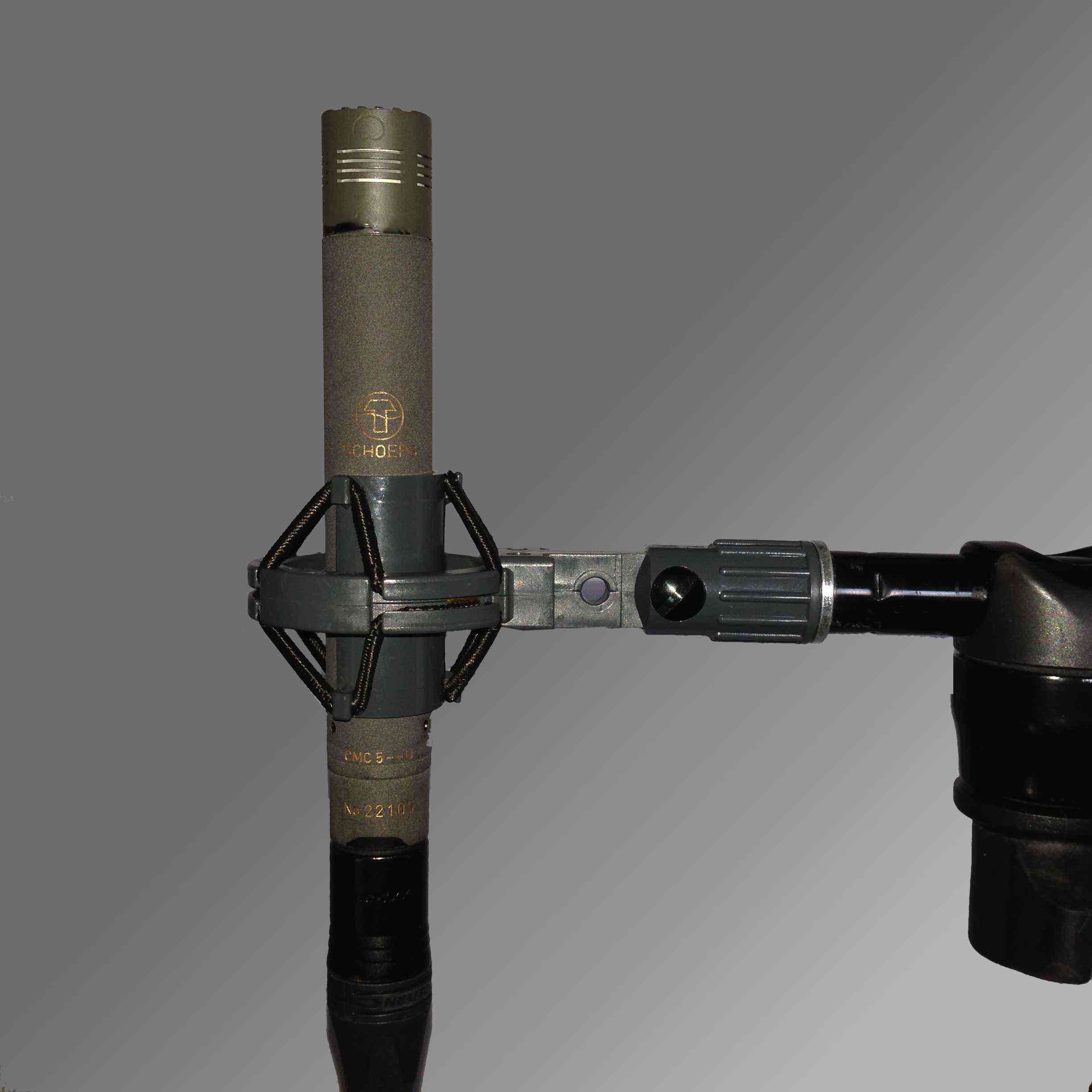
Schoeps MK 22 on CMC 1, 5 & 6
The first open cardoid
The Schoeps Colette series is the first (since 1973) and to this day the leading modular small diaphragm system. There is no other system with so many specialized components - all of the highest quality. The system relies on transformerless output circuitry, extremely frequency-stable directional characteristics with a very high resolution, which leads to a coloration-free, very natural sound. This is why this system is particularly popular for classic recordings. There are now 3 amplifier parts (CMC 1, 5 & 6). The electroacoustic properties are roughly the same for all 3. The CMC 5 is the oldest one from this series. It is built with discrete circuits with very low noise. It's still available on request. Its successor is the CMC 6 is almost identical in terms of its dimensions and electroacoustic properties and it is100% compatible with the CMC 5. The CMC 6 works partly with integrated circuits. It has a higher rejection of high-frequency radiation than its predecessor. The CMC 1 is the newest addition to the family. By miniaturization, the housing could be reduced by ⅔ with otherwise the same specifications. The CMC 1 is also 100% compatible. We use a total of more than 20 preamps from this series.
As an open cardioid, the MK 22 capsule lies between the MK 21 (wide cardioid) and the MK 4 (cardioid) in terms of its directional characteristic and frequency response. With us, it often replaces the classic MK 4, as its backward damping is similarly good, but the capsule is a bit softer and fuller in sound, making the MK 22 suitable as a spot microphone for almost all instruments as well as for recording choirs and groups of instruments.
We beleive it's the best microphone for choirs.
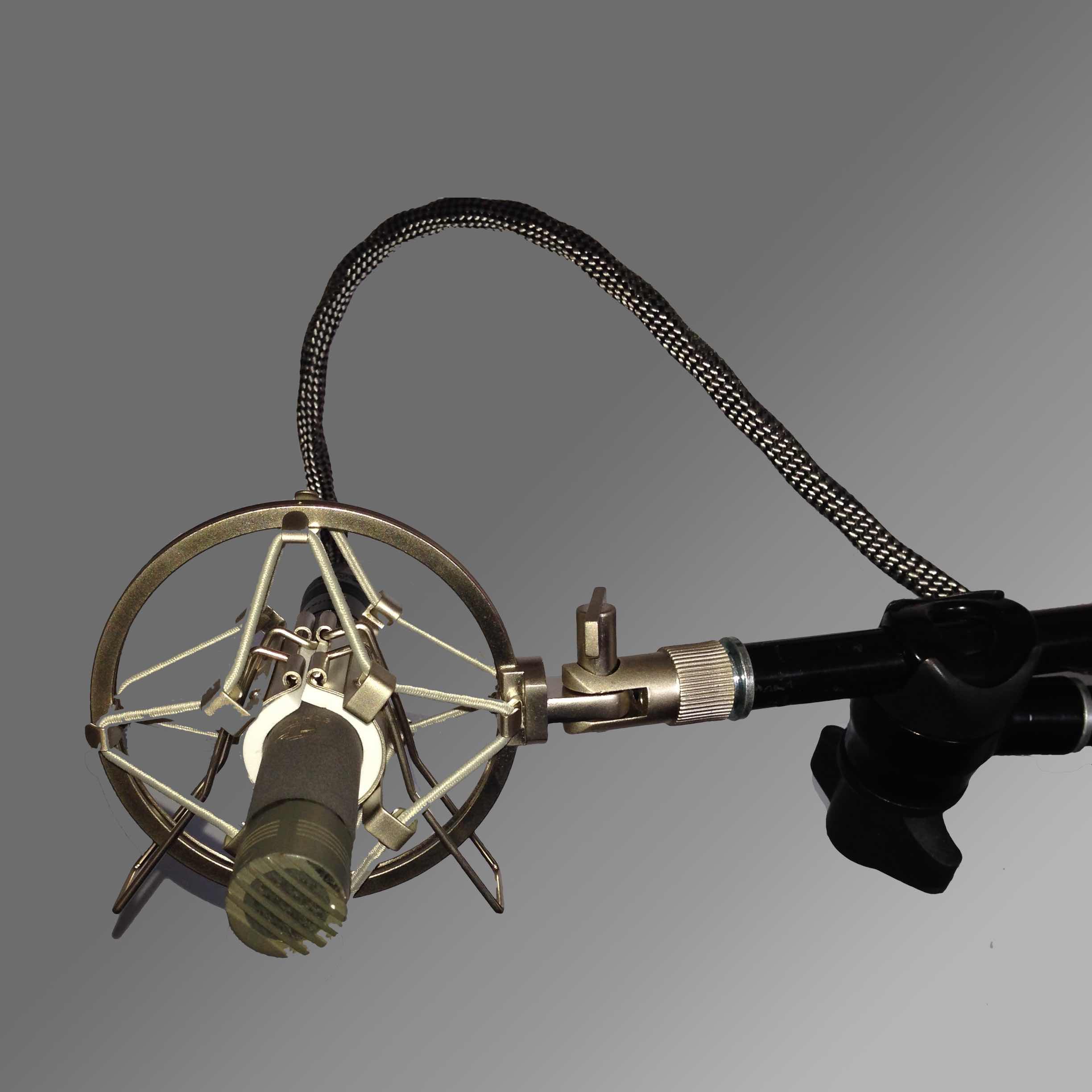
Schoeps MK 4 on CMC 1, 5 & 6
The perfect cardoid
The Schoeps Colette series is the first (since 1973) and to this day the leading modular small diaphragm system. There is no other system with so many specialized components - all of the highest quality. The system relies on transformerless output circuitry, extremely frequency-stable directional characteristics with a very high resolution, which leads to a coloration-free, very natural sound. This is why this system is particularly popular for classic recordings. There are now 3 amplifier parts (CMC 1, 5 & 6). The electroacoustic properties are roughly the same for all 3. The CMC 5 is the oldest one from this series. It is built with discrete circuits with very low noise. It's still available on request. Its successor is the CMC 6 is almost identical in terms of its dimensions and electroacoustic properties and it is100% compatible with the CMC 5. The CMC 6 works partly with integrated circuits. It has a higher rejection of high-frequency radiation than its predecessor. The CMC 1 is the newest addition to the family. By miniaturization, the housing could be reduced by ⅔ with otherwise the same specifications. The CMC 1 is also 100% compatible. We use a total of more than 20 preamps from this series.
The MK 4 capsule has a cardioid characteristic. Compared to other cardioid capsules, the excellent off-axis behavior and the extremely high resolution are noticeable, so that this combination is ideal for recording acoustic guitars, violins but also other instruments with complex overtone structures.
The MK4 capsules are suitable for XY and all equivalent stereophonic techniques, as well as a center microphone in OCT and of course in an INA setup.
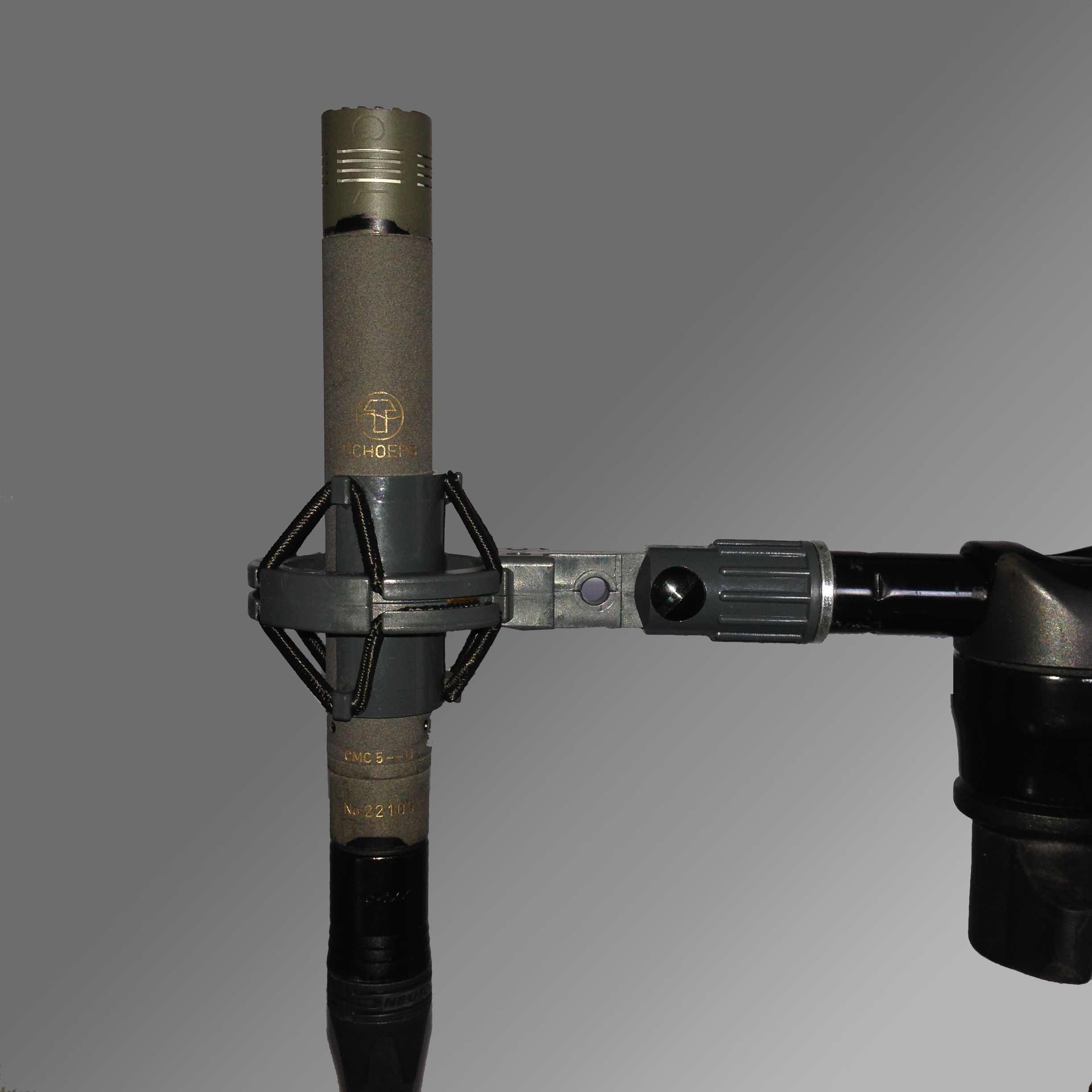
Schoeps MK 4s on CMC 1, 5 & 6
The live capsule
The Schoeps Colette series is the first (since 1973) and to this day the leading modular small diaphragm system. There is no other system with so many specialized components - all of the highest quality. The system relies on transformerless output circuitry, extremely frequency-stable directional characteristics with a very high resolution, which leads to a coloration-free, very natural sound. This is why this system is particularly popular for classic recordings. There are now 3 amplifier parts (CMC 1, 5 & 6). The electroacoustic properties are roughly the same for all 3. The CMC 5 is the oldest one from this series. It is built with discrete circuits with very low noise. It's still available on request. Its successor is the CMC 6 is almost identical in terms of its dimensions and electroacoustic properties and it is100% compatible with the CMC 5. The CMC 6 works partly with integrated circuits. It has a higher rejection of high-frequency radiation than its predecessor. The CMC 1 is the newest addition to the family. By miniaturization, the housing could be reduced by ⅔ with otherwise the same specifications. The CMC 1 is also 100% compatible. We use a total of more than 20 preamps from this series.
The MK 4s capsule can often be seen on television. Because it has the same high resolution and natural image as its sister capsule MK4 but has a compensation of the proximity effect. Frequencies below 120 Hz are damped. This enables to place the microphone very close. Compared to other cardioid capsules, the extremely high resolution is noticeable, so that this combination is ideal for recording acoustic guitars, harps, violins but also other instruments with complex overtone structures.
By lowering it in the lower registers, the feedback resistance is improved, which is why this microphone is also very suitable for live use.
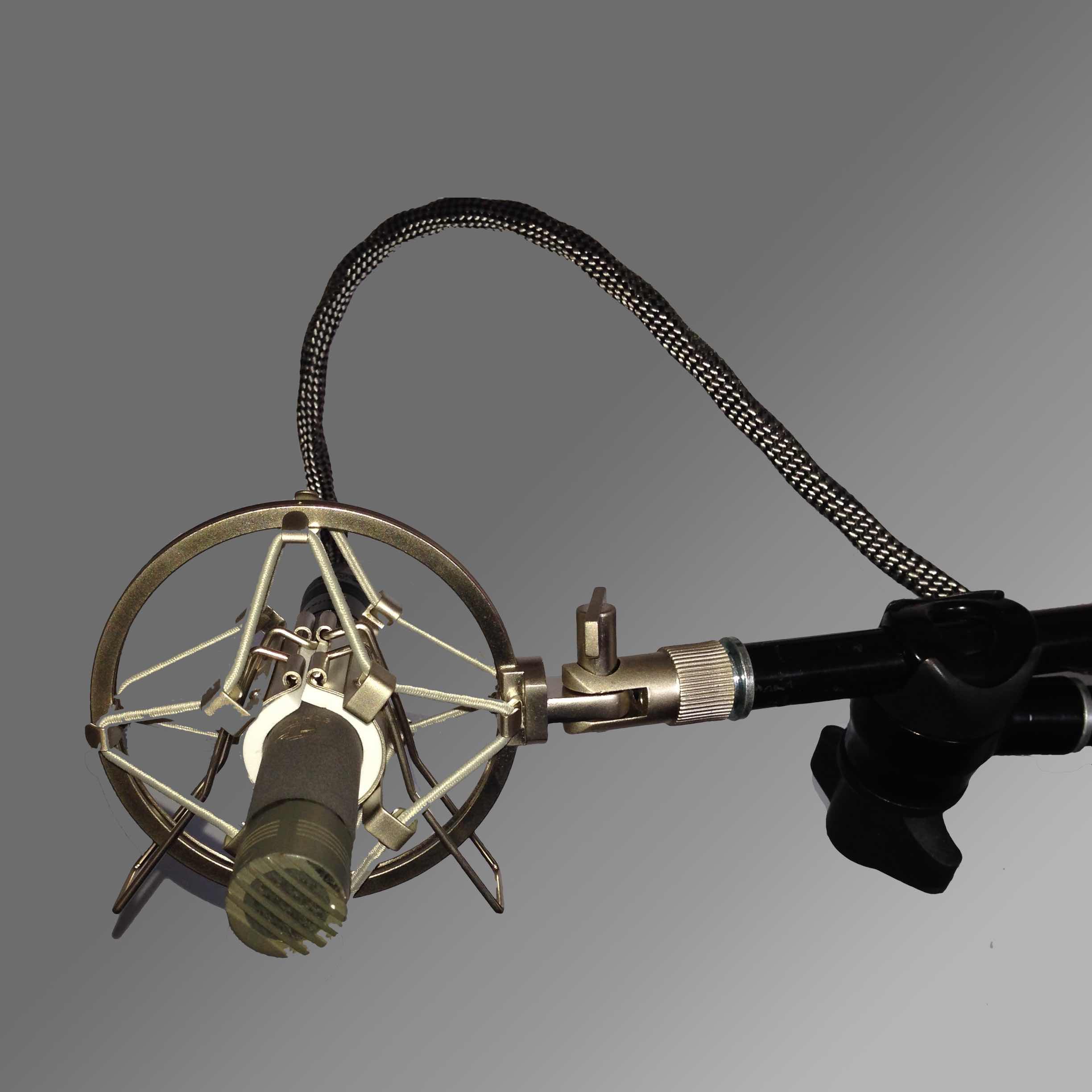
Schoeps MK 41 on CMC 1, 5 & 6
The hypercardoid capsule for high quality music & speech recording
The Schoeps Colette series is the first (since 1973) and to this day the leading modular small diaphragm system. There is no other system with so many specialized components - all of the highest quality. The system relies on transformerless output circuitry, extremely frequency-stable directional characteristics with a very high resolution, which leads to a coloration-free, very natural sound. This is why this system is particularly popular for classic recordings. There are now 3 amplifier parts (CMC 1, 5 & 6). The electroacoustic properties are roughly the same for all 3. The CMC 5 is the oldest one from this series. It is built with discrete circuits with very low noise. It's still available on request. Its successor is the CMC 6 is almost identical in terms of its dimensions and electroacoustic properties and it is100% compatible with the CMC 5. The CMC 6 works partly with integrated circuits. It has a higher rejection of high-frequency radiation than its predecessor. The CMC 1 is the newest addition to the family. By miniaturization, the housing could be reduced by ⅔ with otherwise the same specifications. The CMC 1 is also 100% compatible. We use a total of more than 20 preamps from this series.
The MK 41 capsule has a hypercardioid characteristic. In comparison to other hypercardioids, the extremely smooth frequency response is striking. In this way a sharp separation from neighboring musicians is possible. We like to use the MK 41 capsule for classical soloists who stand next to each other. but should be recorded and edited separately. The MK 41 capsule sounds very good with a high resolution, open mids, clear highs and very good transient reproduction.
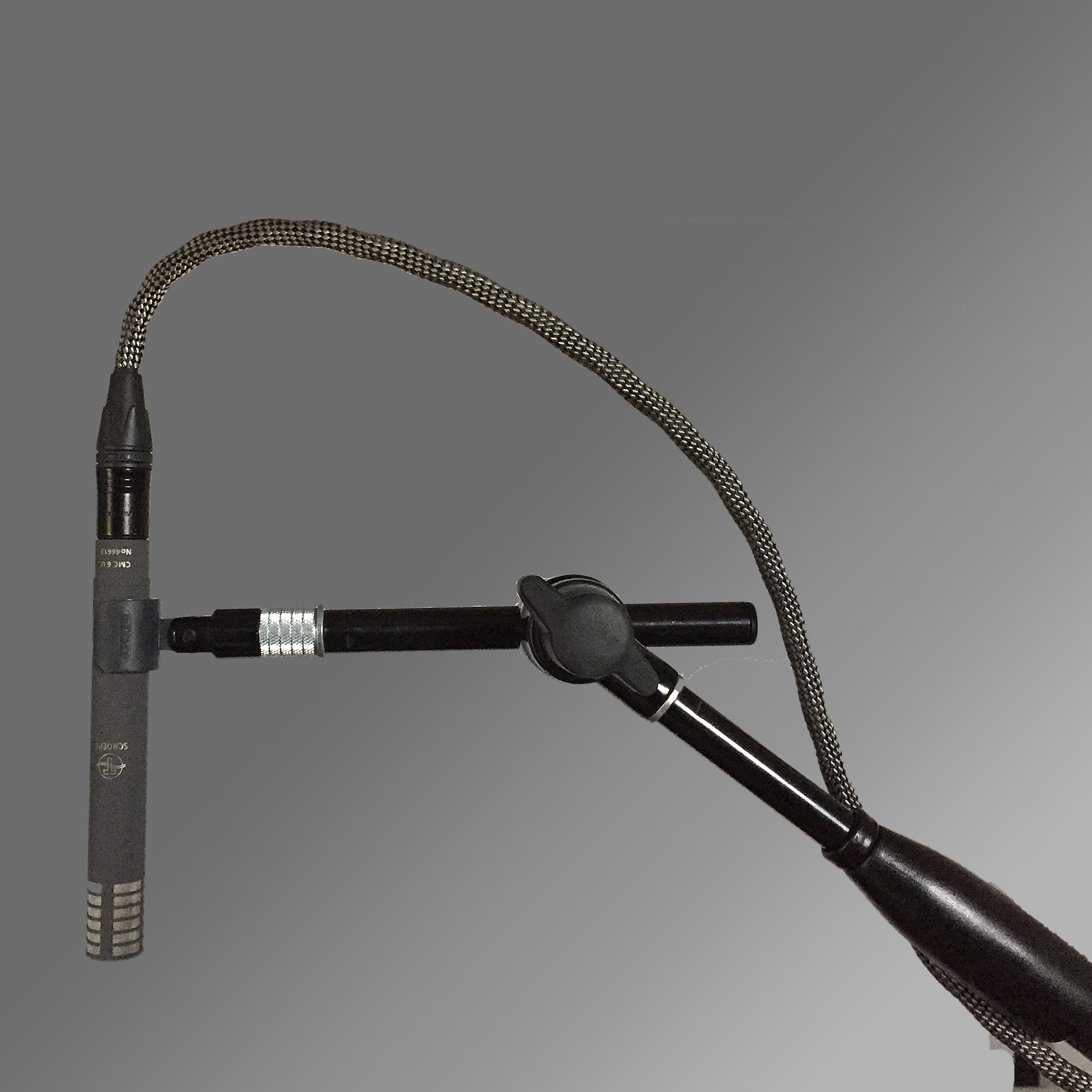
Schoeps MK 41v on CMC 1, 5 or 6
The OCT capsule
The Schoeps Colette series is the first (since 1973) and to this day the leading modular small diaphragm system. There is no other system with so many specialized components - all of the highest quality. The system relies on transformerless output circuitry, extremely frequency-stable directional characteristics with a very high resolution, which leads to a coloration-free, very natural sound. This is why this system is particularly popular for classic recordings. There are now 3 amplifier parts (CMC 1, 5 & 6). The electroacoustic properties are roughly the same for all 3. The CMC 5 is the oldest one from this series. It is built with discrete circuits with very low noise. It's still available on request. Its successor is the CMC 6 is almost identical in terms of its dimensions and electroacoustic properties and it is100% compatible with the CMC 5. The CMC 6 works partly with integrated circuits. It has a higher rejection of high-frequency radiation than its predecessor. The CMC 1 is the newest addition to the family. By miniaturization, the housing could be reduced by ⅔ with otherwise the same specifications. The CMC 1 is also 100% compatible. We use a total of more than 20 preamps from this series.
The MK 41v capsule is spoken to from the side. It has a hypercardiod characteristic and thus practically completely attenuates signals from the sides and attenuates rear sound by approx. 10 db with inverted phase. The microphone body is not in the way thanks to the side meeting. The MK 41v is an extremely musical capsule and has a very smooth frequency response, especially considering its hypercardoid polar pattern.
The MK 41v is the perfect choice for an OCT setup.
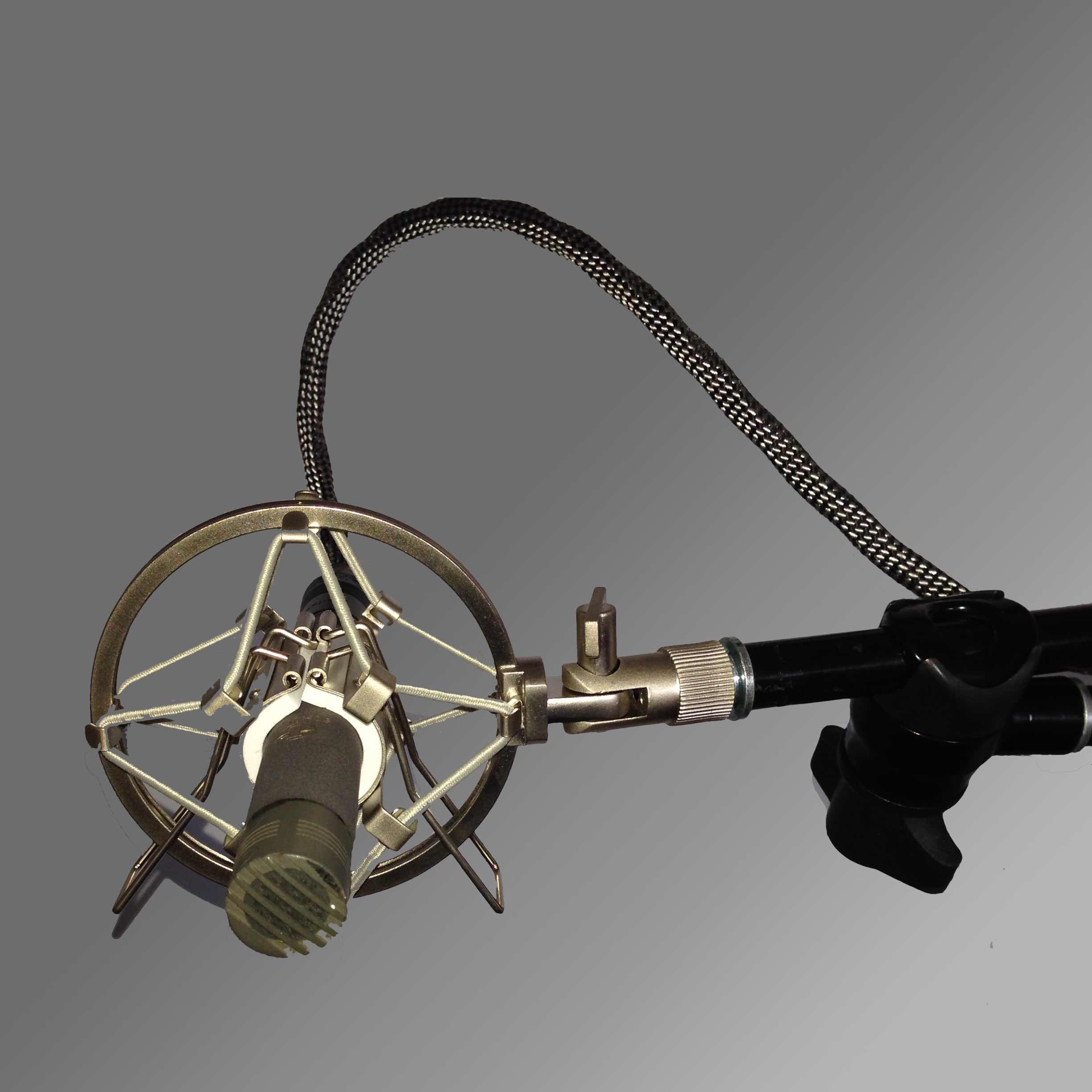
Schoeps MK 5 on CMC 1, 5 & 6
The only mechanically switchable capsule
The Schoeps Colette series is the first (since 1973) and to this day the leading modular small diaphragm system. There is no other system with so many specialized components - all of the highest quality. The system relies on transformerless output circuitry, extremely frequency-stable directional characteristics with a very high resolution, which leads to a coloration-free, very natural sound. This is why this system is particularly popular for classic recordings. There are now 3 amplifier parts (CMC 1, 5 & 6). The electroacoustic properties are roughly the same for all 3. The CMC 5 is the oldest one from this series. It is built with discrete circuits with very low noise. It's still available on request. Its successor is the CMC 6 is almost identical in terms of its dimensions and electroacoustic properties and it is100% compatible with the CMC 5. The CMC 6 works partly with integrated circuits. It has a higher rejection of high-frequency radiation than its predecessor. The CMC 1 is the newest addition to the family. By miniaturization, the housing could be reduced by ⅔ with otherwise the same specifications. The CMC 1 is also 100% compatible. We use a total of more than 20 preamps from this series.
As far as we know, the MK 5 capsule is the only currently manufactured small membrane capsule that can be mechanically altered from a pressure receiver to a pressure gradient receiver. Specifically, this means that the capsule is a "real" omni and a "real" cardioid (in contrast to the typical double diaphragm microphones, which can simulate the directional characteristic through electrical circuits, but not the typical frequency response of a pressure receiver omnidirectional microphone). The MK 5 is in no way inferior to its brothers and sisters.
Due to its light shelf in the high frequency range, it sounds a bit fresh.
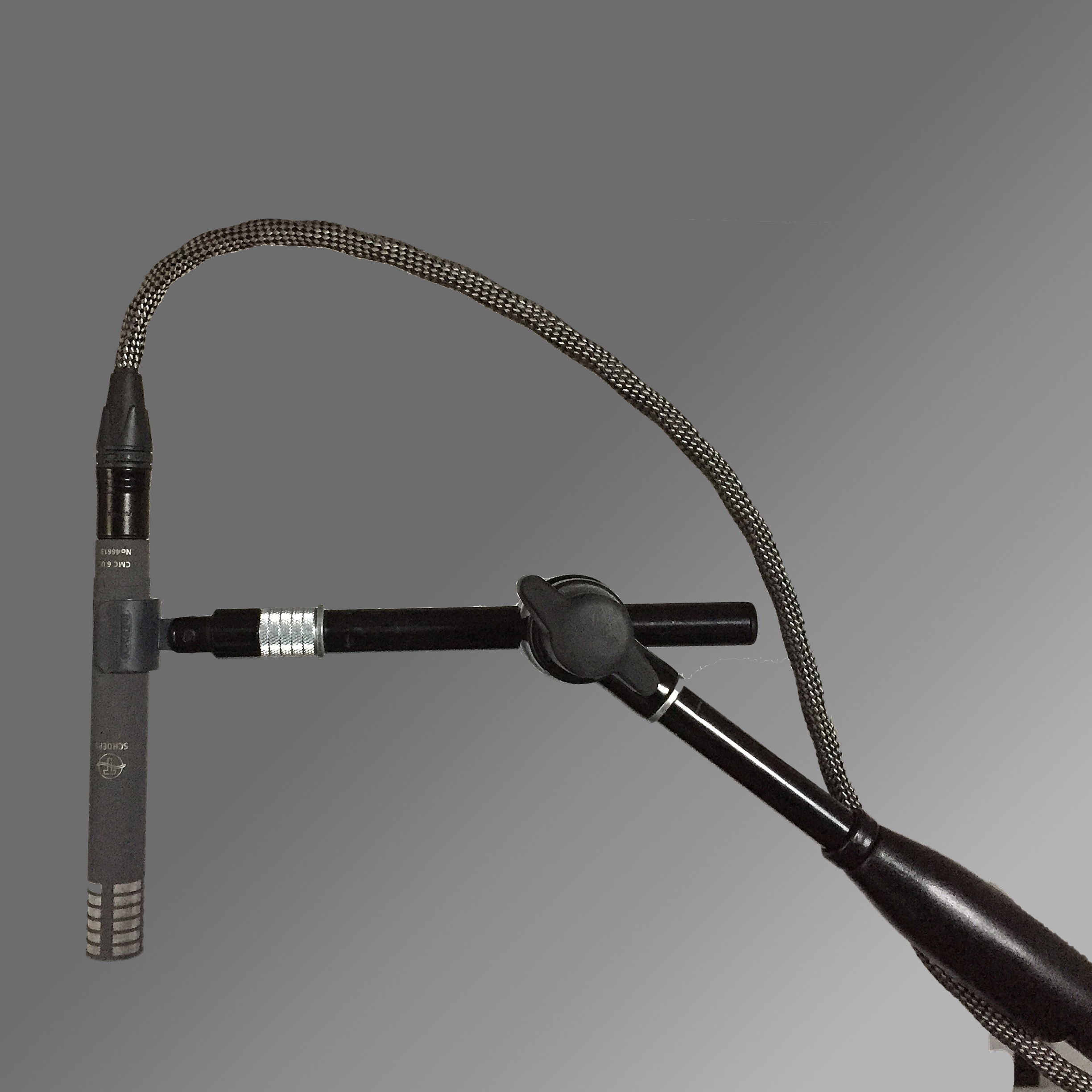
Schoeps MK 8 ON CMC 1, 5 & 6
The only single-membrane capsule with figure of 8 characteristics
The Schoeps Colette series is the first (since 1973) and to this day the leading modular small diaphragm system. There is no other system with so many specialized components - all of the highest quality. The system relies on transformerless output circuitry, extremely frequency-stable directional characteristics with a very high resolution, which leads to a coloration-free, very natural sound. This is why this system is particularly popular for classic recordings. There are now 3 amplifier parts (CMC 1, 5 & 6). The electroacoustic properties are roughly the same for all 3. The CMC 5 is the oldest one from this series. It is built with discrete circuits with very low noise. It's still available on request. Its successor is the CMC 6 is almost identical in terms of its dimensions and electroacoustic properties and it is100% compatible with the CMC 5. The CMC 6 works partly with integrated circuits. It has a higher rejection of high-frequency radiation than its predecessor. The CMC 1 is the newest addition to the family. By miniaturization, the housing could be reduced by ⅔ with otherwise the same specifications. The CMC 1 is also 100% compatible. We use a total of more than 20 preamps from this series.
The MK 8 capsule is spoken from the side and has a 100% symmetrical polar diagram. The MK 8 sounds completely identical on both sides. The Schoeps MK 8 sounds very natural and uncolored. It can be used to create perfect Blumlein or MS stereo recordings. We also like to use these microphones for Hamasaki Surrounds Squares, in which the capsules do not pick up any direct sound and can be easily positioned due to their small dimensions. In complex recording systems, a polar flex system can be created by combining a Schoeps omni with the MK8. This means that all directional characteristics (from omni, through wide cardioid and cardioid, to hypercardioid and figure eight) can still be created after the recording. When using the Schoeps "Polarflex" software, this can even be done on a frequency-selective basis. In reverberant environments, wide cardoids in the bass, focused cardoids in the middle and the fresh highs of the MK2s omnis in the highs can be used - all after the recording.
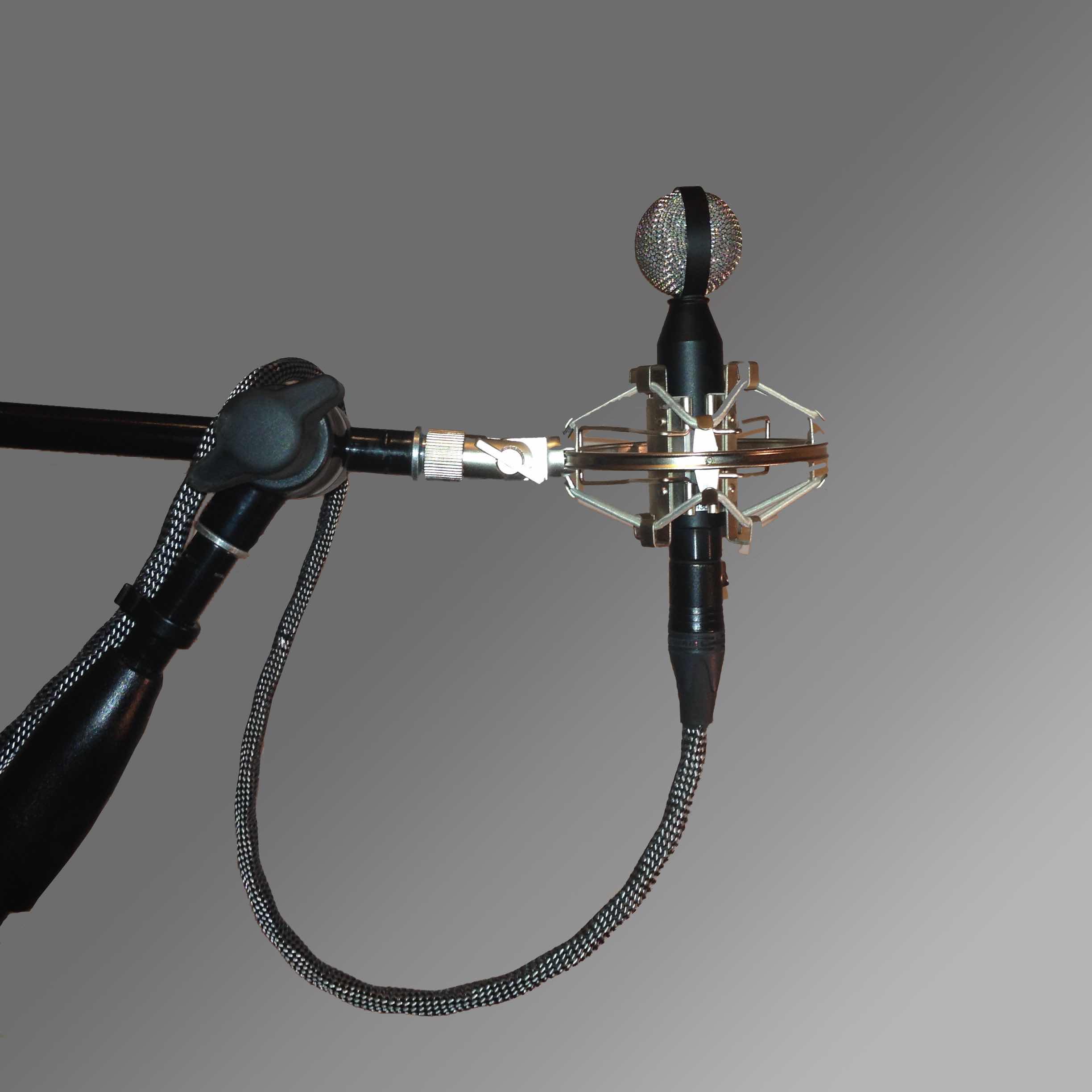
Beyerdynamic M130
The ribbon microphone manufactured since 1957
The story of the M130 begins in 1957. And even today - more than 60 years later - this microphone has an incredible charm. Thanks to its extremely light, wafer-thin, folded double membrane, it literally sticks to the transients. Like all ribbons, it has a clear rolloff in the highs (at 10 kHz it is -3 dB, at 20 kHz it is -10 dB). But it has the wonderful property that, despite roll-off, nothing is really lost. With a high shelving EQ, every modern sound (with airband) can be created while maintaining the soft, dense and yet superbly resolved mids. As a ribbon, the M130 requires a very good preamp. With our DBX 786 and its Spectrum EQ, the M130 is in top form.
The figure-of-eight pattern helps when recording in great acoustics. The M130 sounds stunning in the Blumlein arrangement, but also together with the M160 in MS stereophony it has its own charm. The M130 is also an insider tip for recording string instruments that can sound "scratchy". The silky smooth sound of the 130 also helps here.
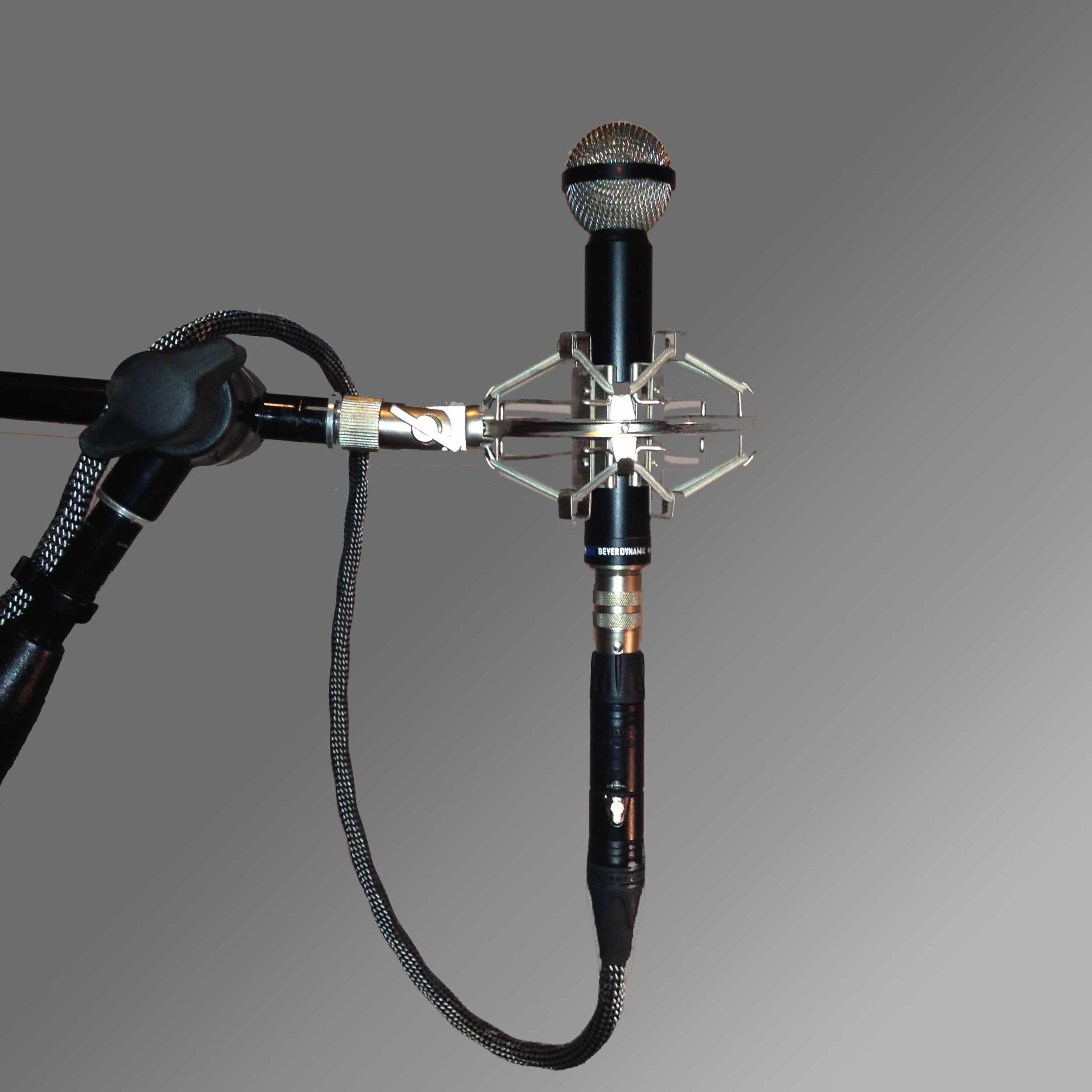
Beyerdynamic M160
The only ribbon with hypercardioid characteristics
The M160 is even more special than the M130. As far as we know, it is the only ribbon microphone with hypercardioid characteristics. Thanks to its extremely light, wafer-thin, folded double membrane, it literally sticks to the transients. Like all ribbons, it has a clear rolloff in the highs (at 10 kHz it is -3 dB, at 20 kHz it is -10 dB). Like the M130, however, it has the wonderful property that nothing gets lost despite rolloff. With a high shelving EQ, every modern sound (with airband) can be produced while maintaining the soft, dense and yet superbly resolved mids. With our DBX 786 preamp and its Spectrum EQ, the M160 is in top form and is even ideal for recording particularly expressive female voices, especially with another M130 as an MS combination. Especially in sparingly occupied jazz ensembles, voices receive a perfect warmth, density and depth.
The hypercardioid characteristics make the M160 a focused recording tool with minimal coloring. Due to its warmth, it is also suitable for recording overheads, string instruments and wind instruments. But also together with the M130 it cuts a great figure in MS Stereophony.
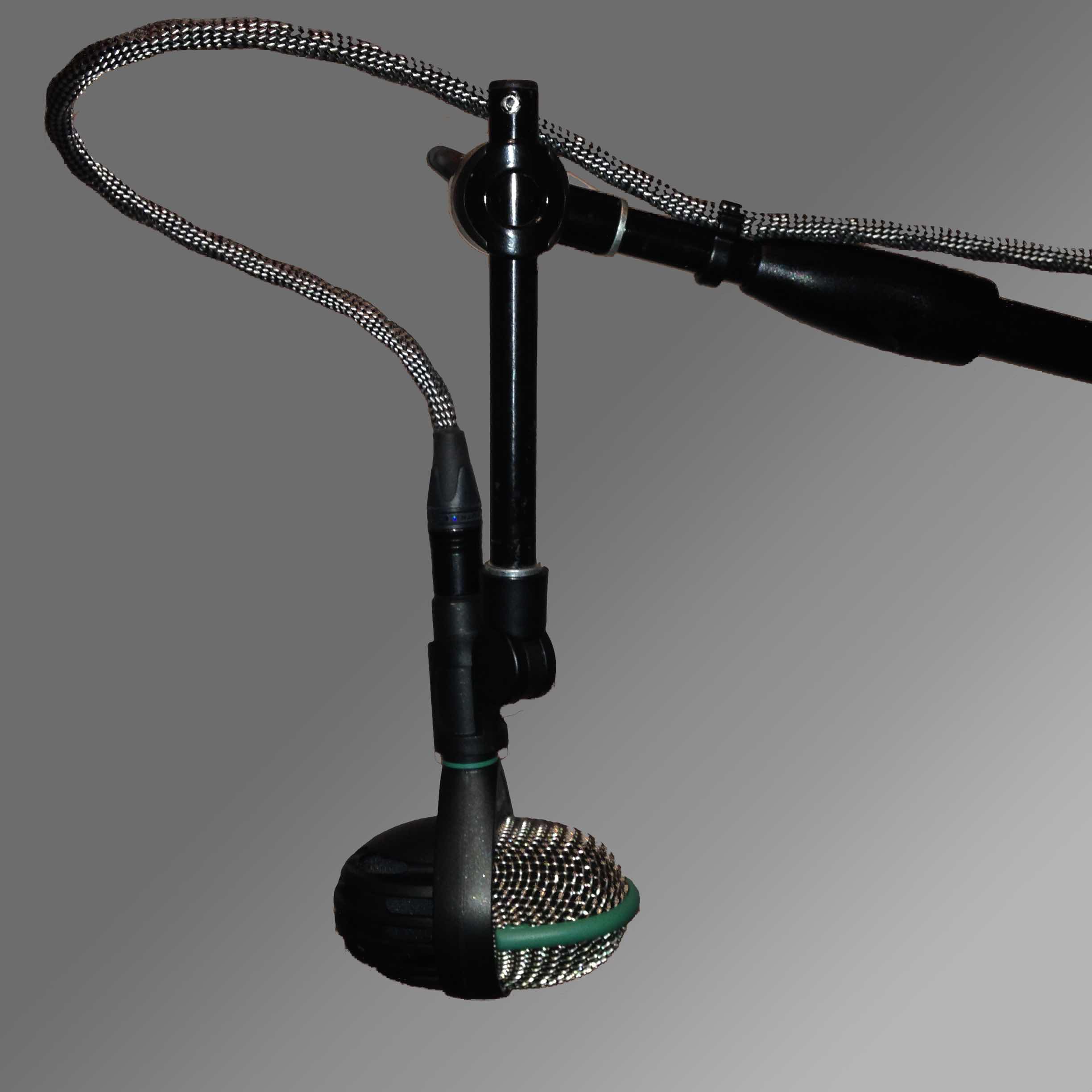
AKG D112
The kick drum microphone that not only sounds good on the kick drum
Everyone knows the AKG D112. It is simply THE kick drum microphone. (By the way, we definitely recommend trying the Beyerdynamic M88 TG) The D112 also cuts a fine figure on trombones. Even as a vocal microphone it can shine on loud male voices with some grit.
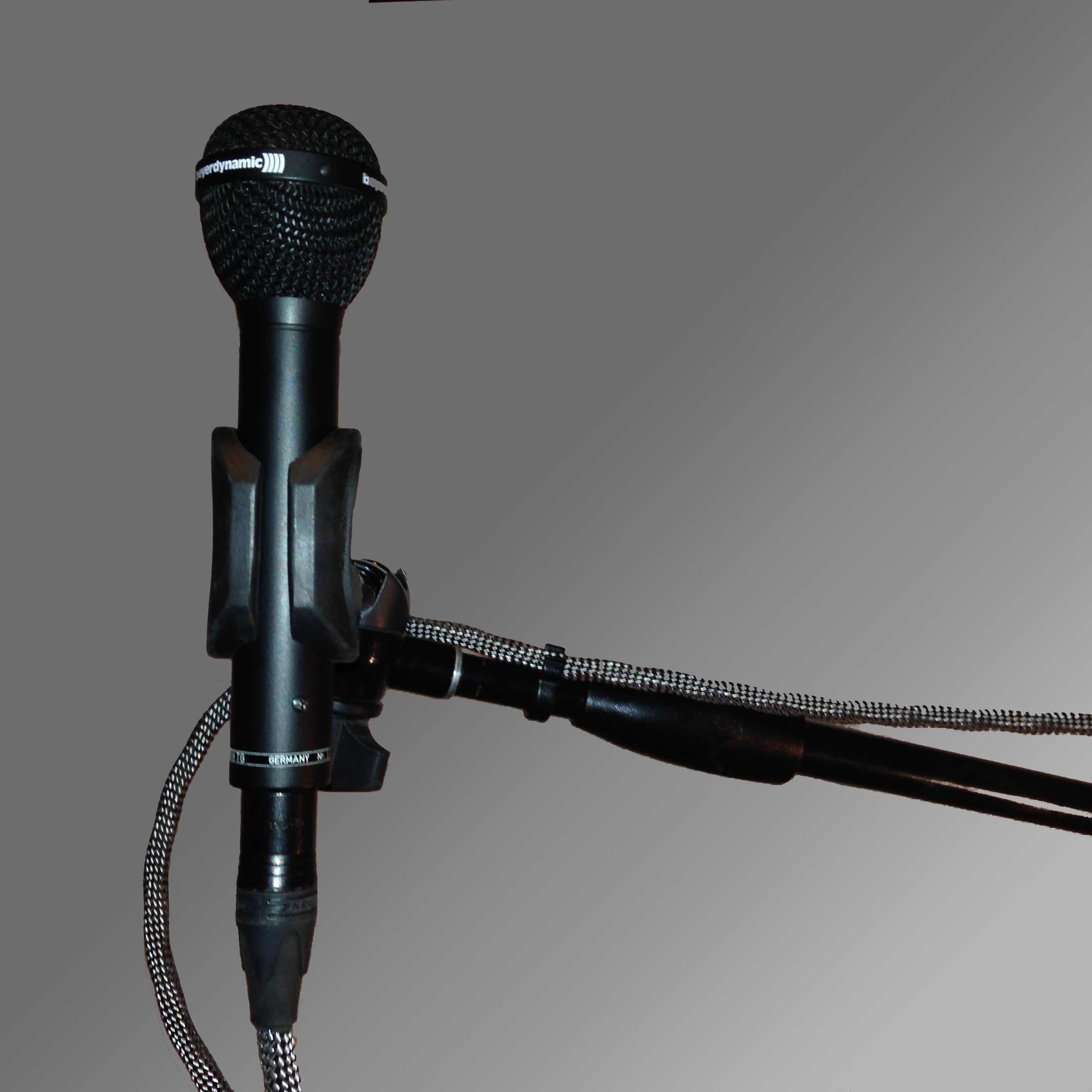
Beyerdynamic M 88TG
The vocal mike that is THE bass drum mike
Everyone knows the AKG D112 or Audix D6 on the kick drum. In our opinion, the M88TG from Beyerdynamic is a really interesting alternative. It sounds full, deep, and powerful with a good attack. The live microphone also cuts a fine figure as a vocal microphone or instrument microphone. Phil Collins recognized that too :)
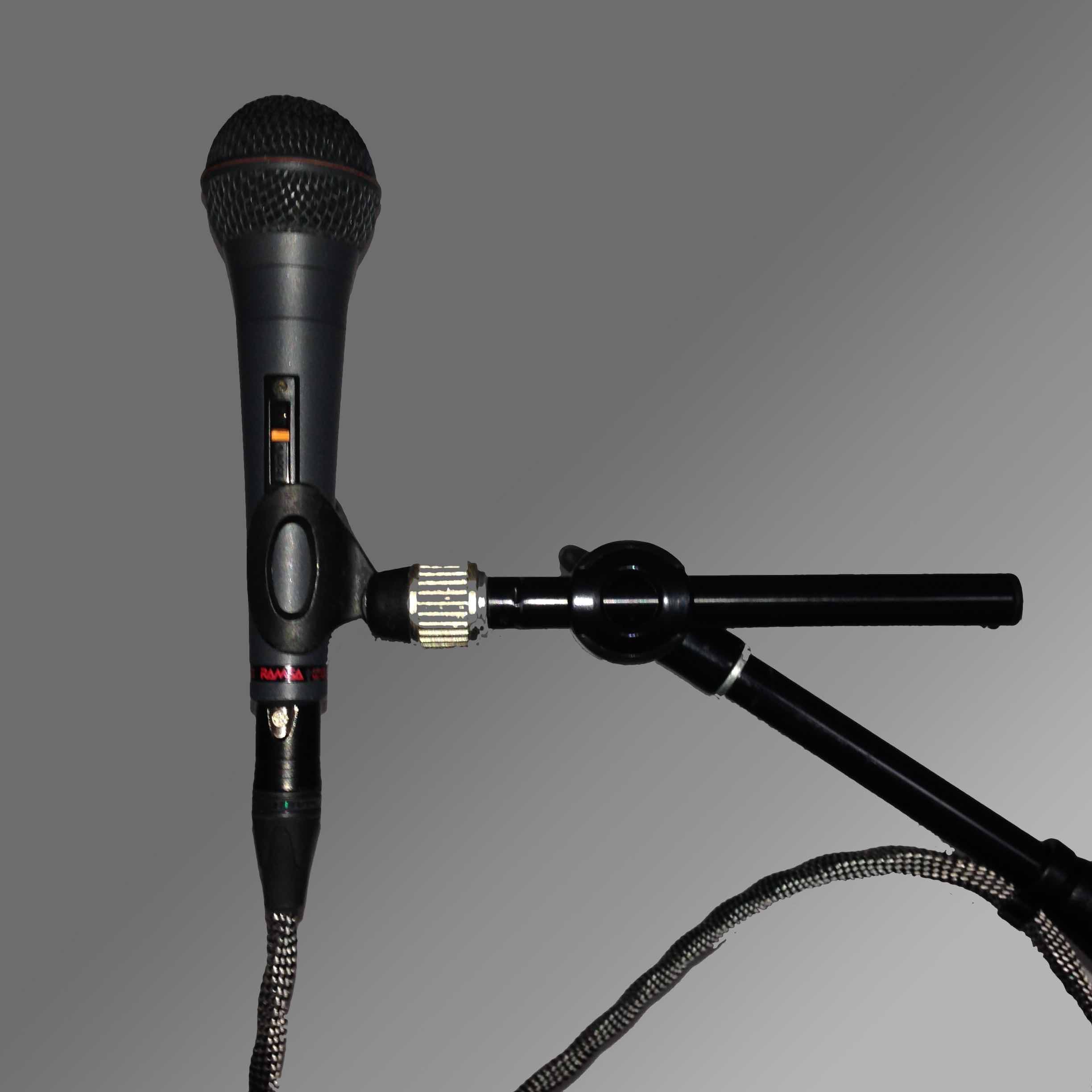
Ramsa WM D150
Ramsa's dynamic live microphone
Ramsa is best known as a manufacturer for its 12/2 speaker, which was mainly used by entertainment bands due to its compact size and performance. However, this narrow focus is doing this manufacturer an injustice. Ramsa developed a lot of audiophile treasures in the 80s and 90s like mixers, amps, digital signal processors and microphones.
As far as we know, the WM D 150 was rarely sold in Germany. It is a dynamic microphone with cardioid characteristics which, compared to an SM58, sounds significantly brighter and has a better resolution. It is of course robust enough for live music.
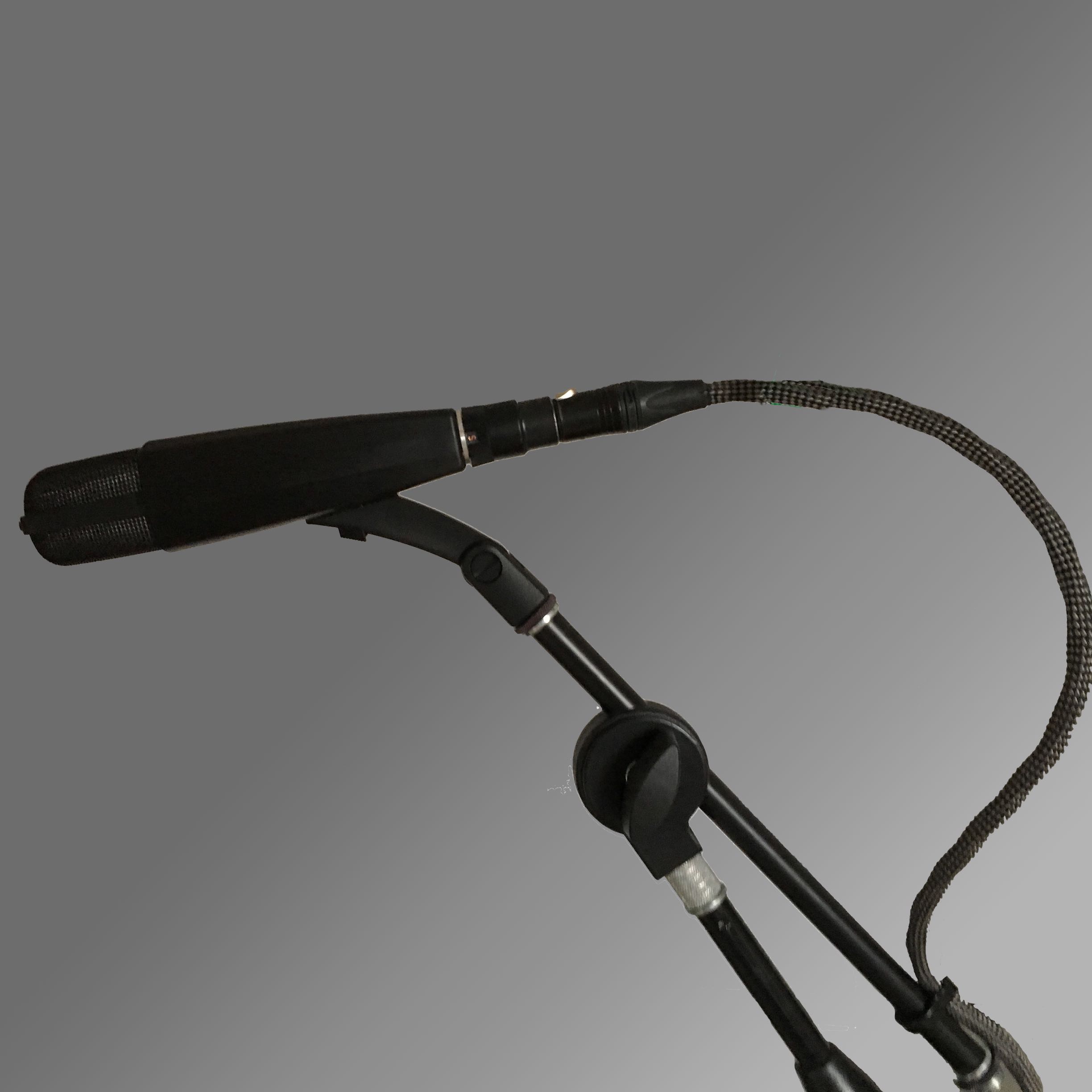
Sennheiser MD 421
The musical razor
The Sennheiser MD 421 is a dynamic microphone that has become an omnipresent classic thanks to its sound and its idiosyncratic shape, reminiscent of a razor. Similar to the Shure SM 57, it has an increased presence at approx. 4 kHz. This leads to a good attack and good assertion in the mix. In contrast to the SM 57, it sounds warmer in the bass and has a better resolution in the treble. That's why the MD 421 is a great all-round microphone for live music that also sounds very good on wind instruments or in front of the guitar amp. In the studio we especially like to use it on the snare drum and the toms.
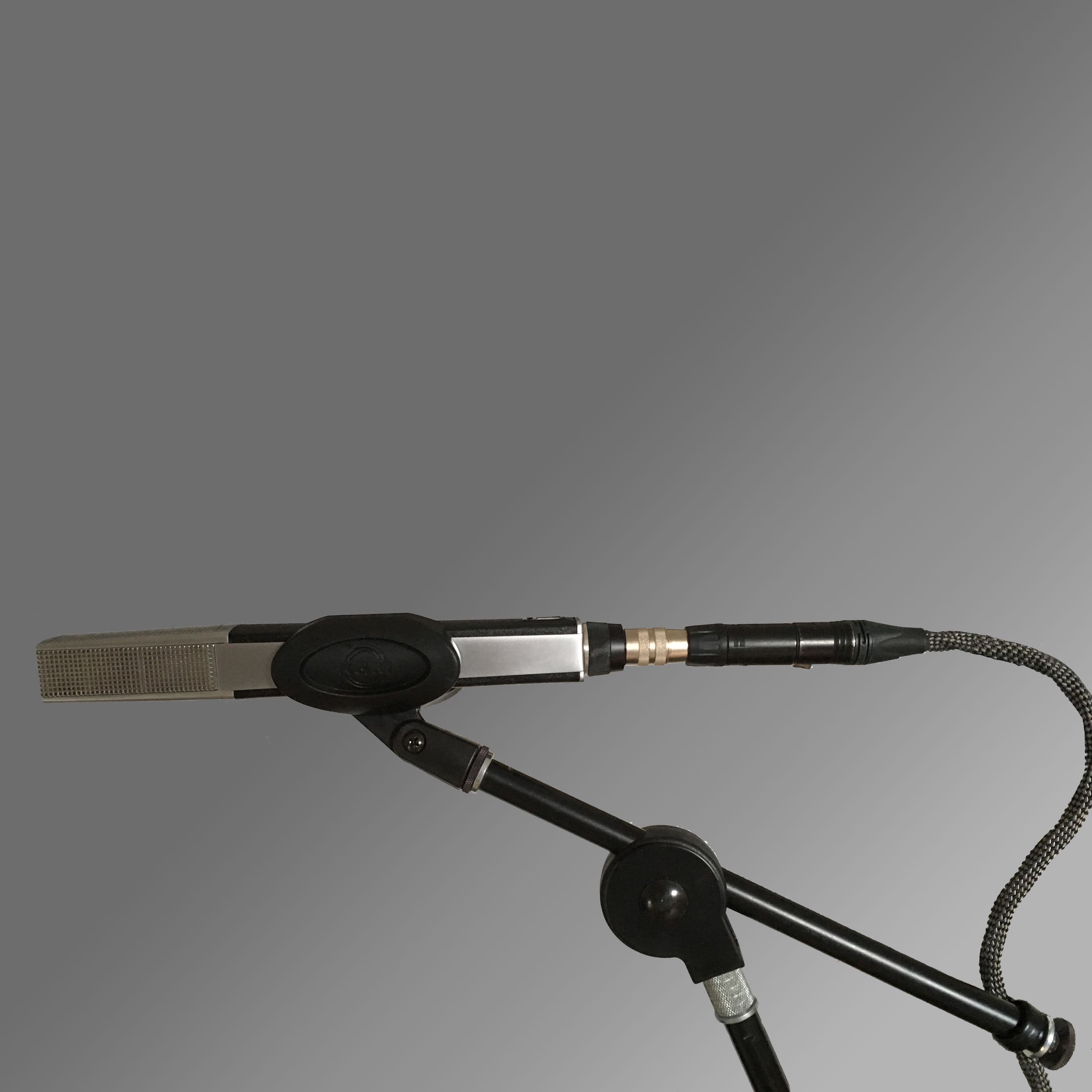
Sennheiser MD 441
The dynamic microphone with the condenser sound
the Sennheiser MD 441 is a fantastic microphone with supercardioid characteristics. For a dynamic microphone, it has a very good resolution and also reproduces high frequencies very well. At the same time, it brings a lot of weight to the bass, so that we also like to use it as a kick drum microphone. Due to its strong bundling and its good frequenciy response, it is also possible to record hi-hats with minimal crosstalk. In the studio, the MD 441 also sounds very good with horns. Its warm sound can take the edge off here.
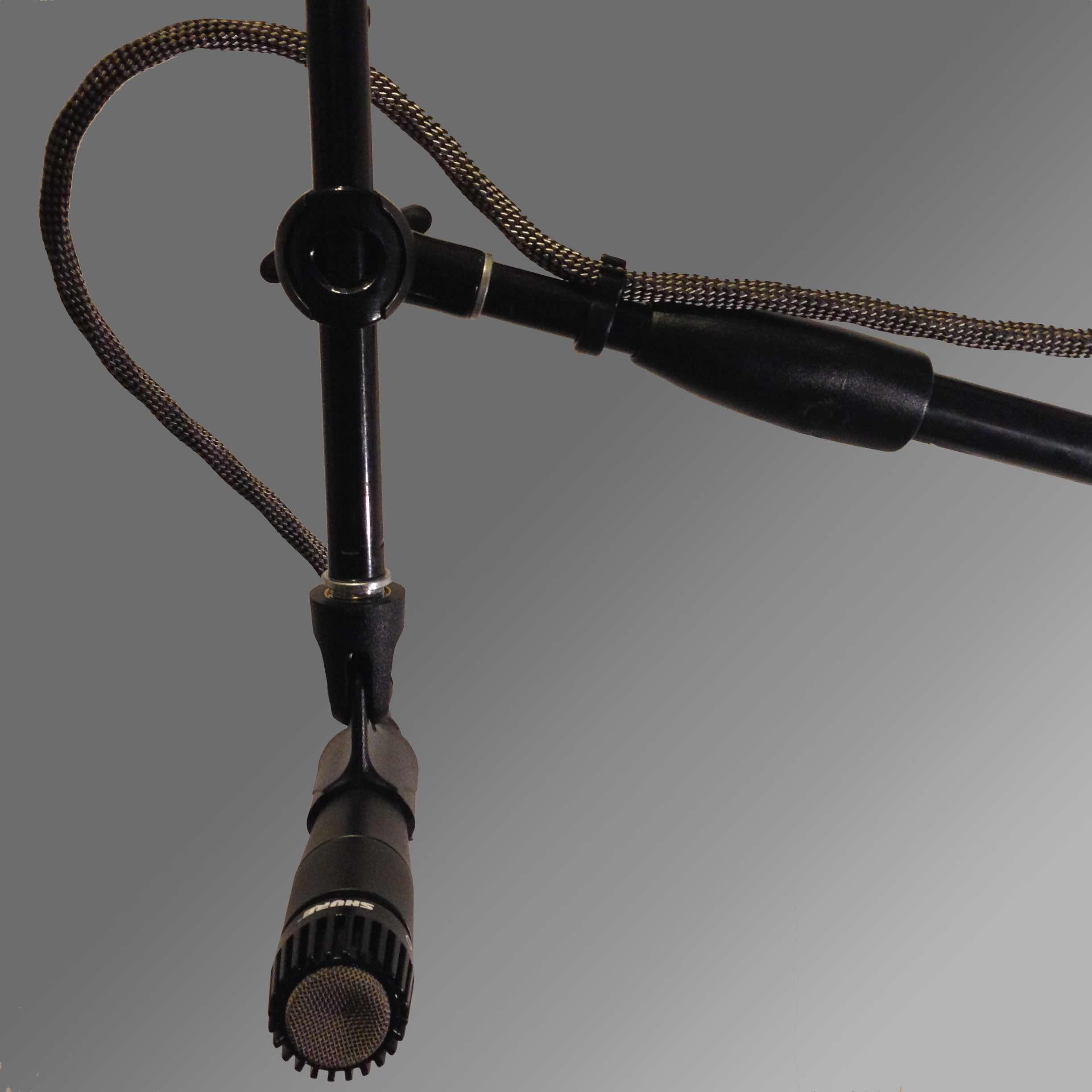
Shure SM 57
The dynamic all-round microphone
Even if we like to talk about hi-fi and choose our microphones for the highest possible resolution, a Shure SM 57 belongs to every microphone collection. Simply demoting the SM 57 as a Lofi Mic would do him wrong. It has its own signature and we hear it on many albums: mostly on the snare or in front of a guitar amp. Quincy Jones and Michael Jacksons sound engineer Bruce Swedien used this microphone even on vocals. The microphone sounds dynamic, a bit "dirty" with a strong portion of presence. We like to use the SM 57 on guitar amps and snares as an alternative or together with the ribbon mic M 160 from Beyerdynamic.
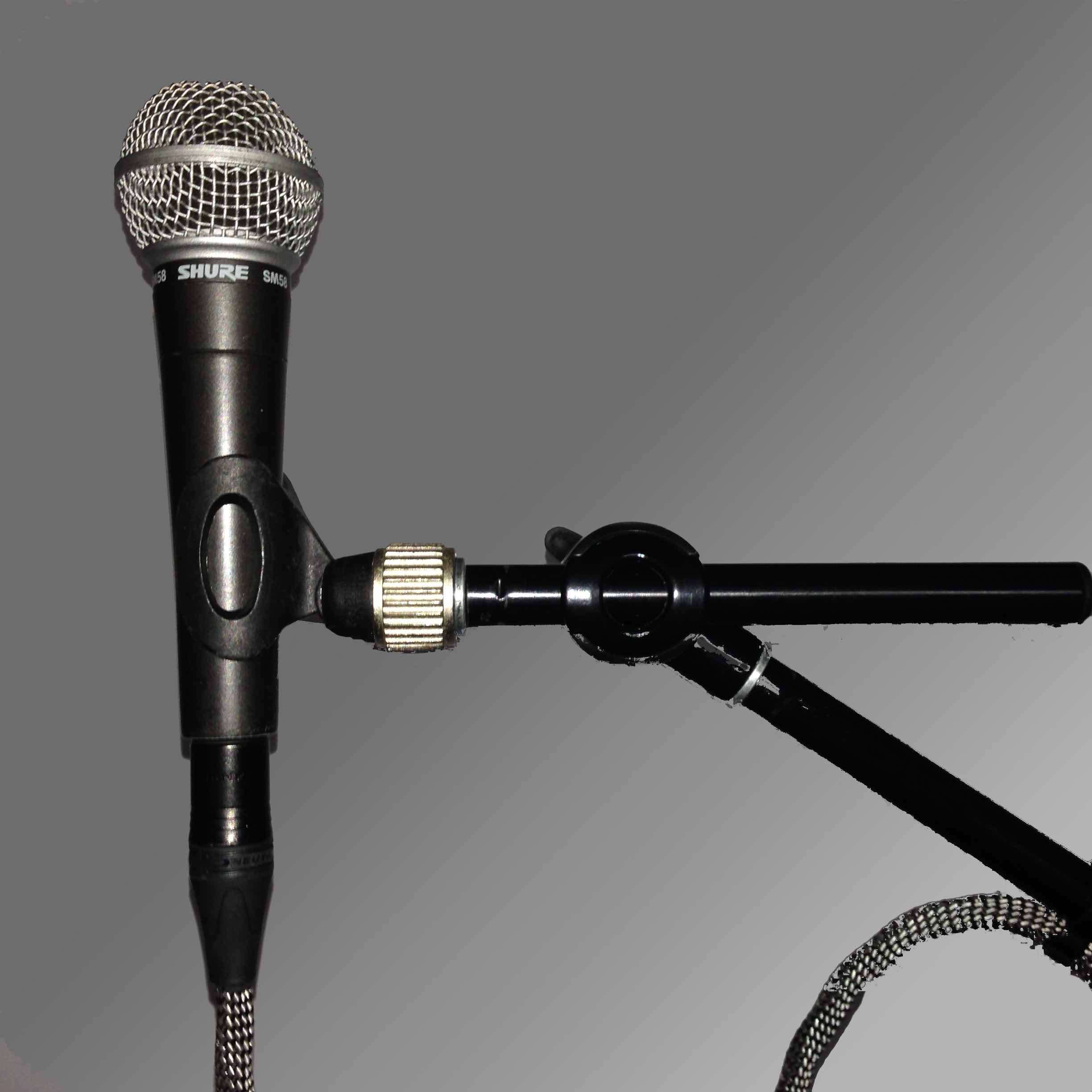
Shure SM 58
The all-time classic among dynamic mics
The Shure SM 58 is the sibling of the SM 57. It is the standard live microphone for singers. Even though it has been replaced by the newer Beta 58, it is still the most widely used vocal microphone on stages around the world. It sounds a bit dull, but it is very good-natured and has an easily controllable close-up effect. That's what makes it so attractive on stage.
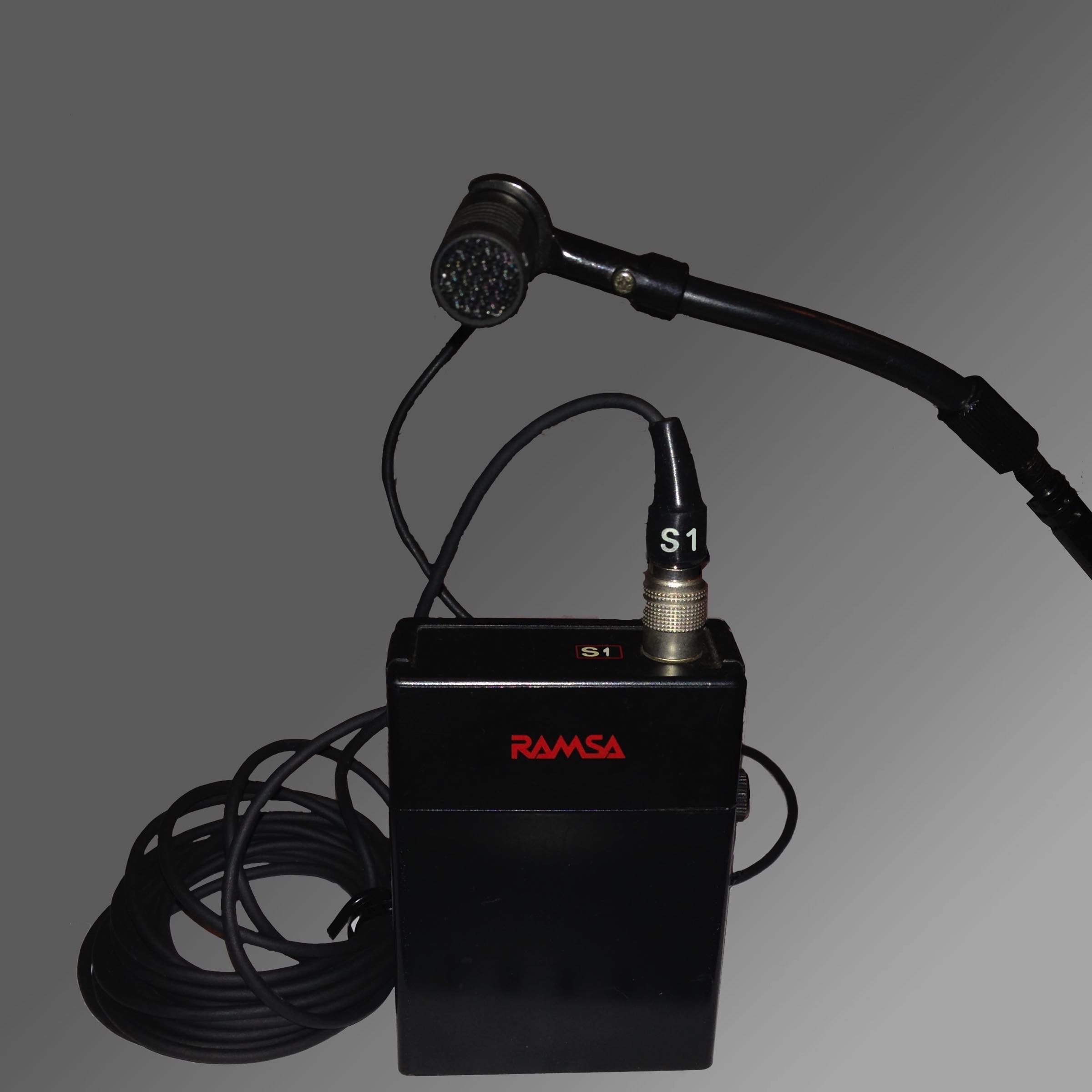
Ramsa WM S1
The universal mini microphone
Ramsa is best known as a manufacturer for its 12/2 speaker, which was mainly used by entertainment bands due to its compact size and performance. However, this narrow focus is doing this manufacturer an injustice. Ramsa developed a lot of audiophile treasures in the 80s and 90s like mixers, amps, digital signal processors and microphones.
The WM S1 is an extremely good sounding mini microphone. It has a smooth frequency response and excellent transient reproduction, making it ideal for all plucked instruments, cymbals and hi-hats as well as for all percussion instruments.
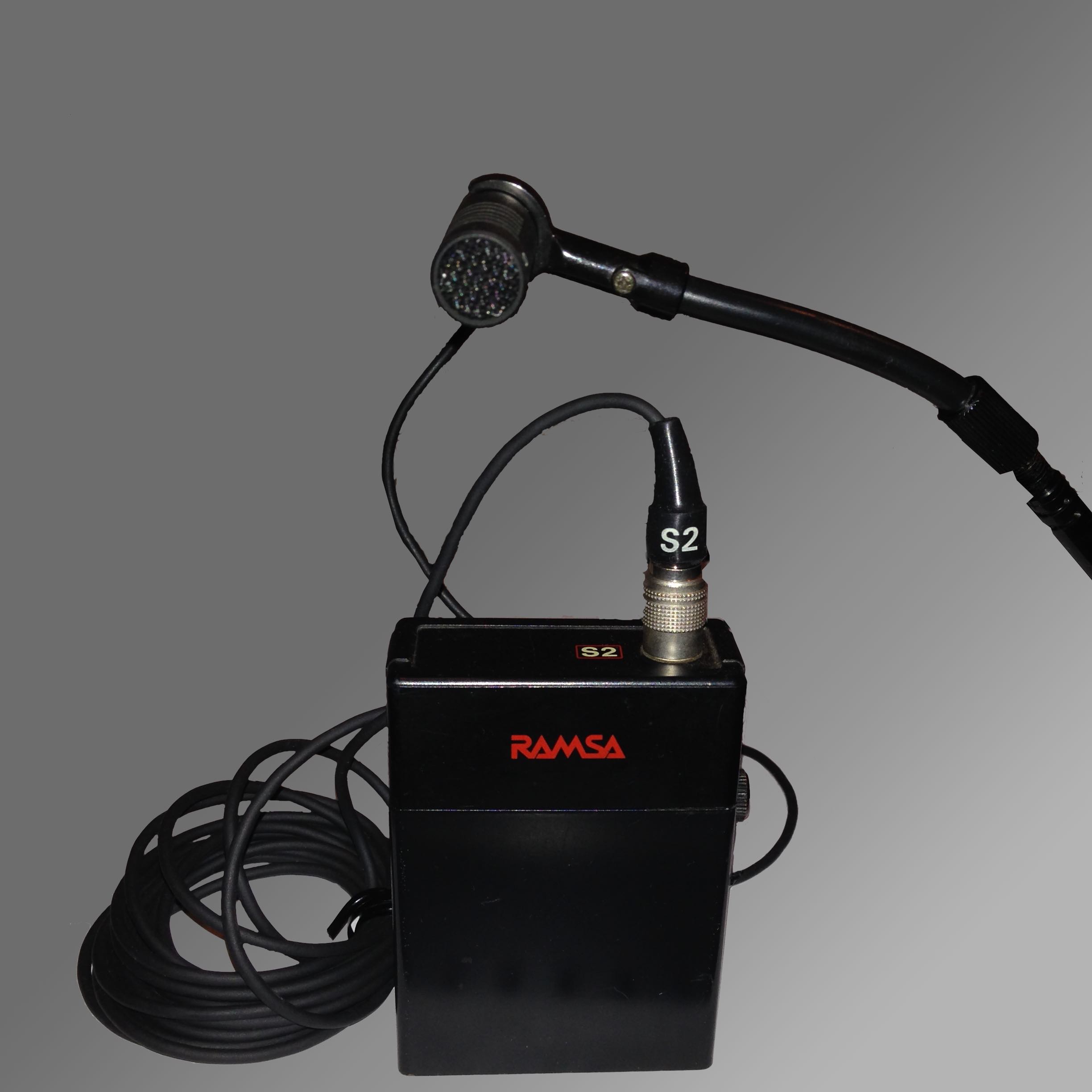
Ramsa WM S2
The mini microphones for horns
Ramsa is best known as a manufacturer for its 12/2 speaker, which was mainly used by entertainment bands due to its compact size and performance. However, this narrow focus is doing this manufacturer an injustice. Ramsa developed a lot of audiophile treasures in the 80s and 90s like mixers, amps, digital signal processors and microphones.
The frequency response of the WM S2 is optimized for the use of wind instruments. It is a very good sounding live mini microphone. It works great for trumpet, trombone, and saxophone.
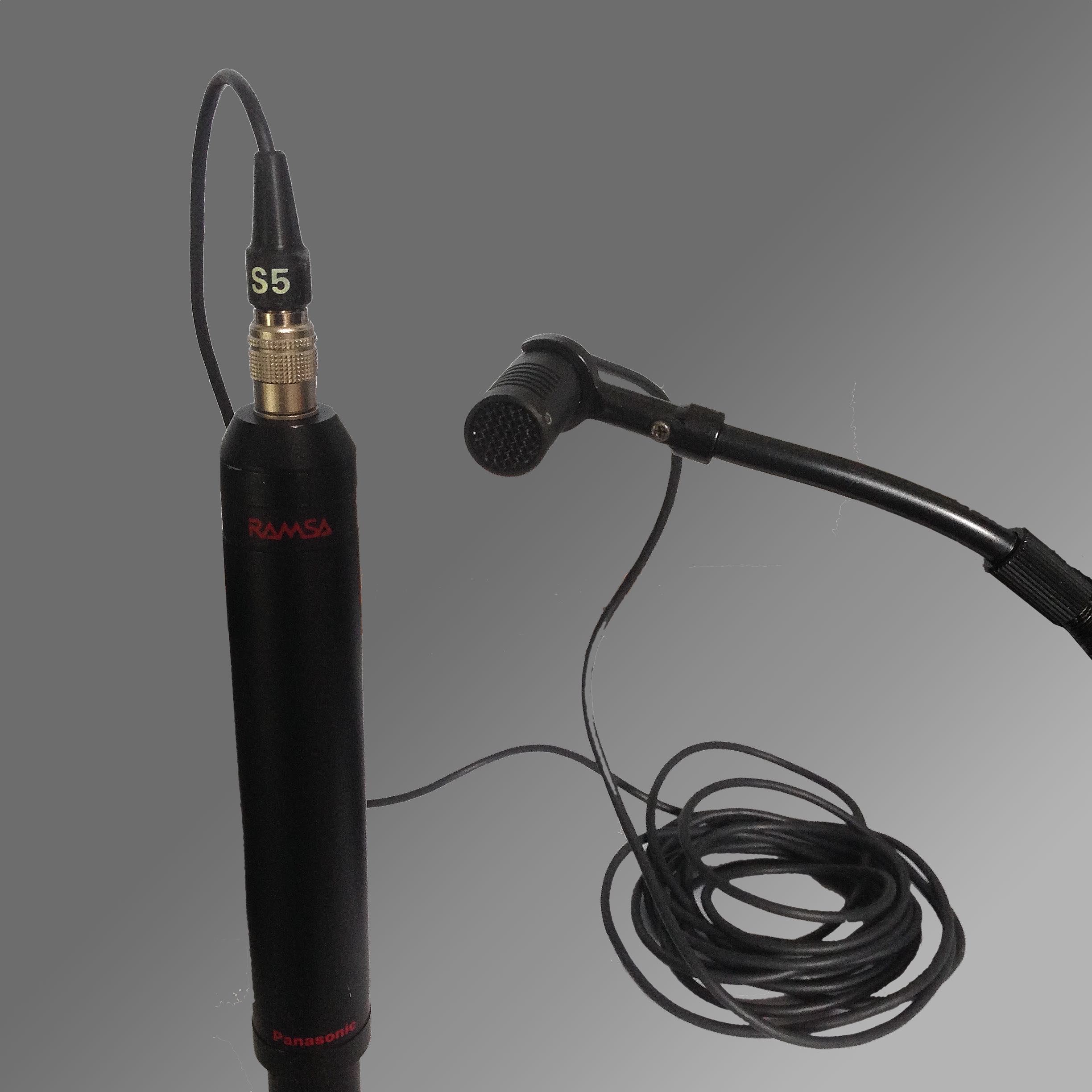
Ramsa WM S5
The surprise for Drums and Brass
Ramsa is best known as a manufacturer for its 12/2 speaker, which was mainly used by entertainment bands due to its compact size and performance. However, this narrow focus is doing this manufacturer an injustice. Ramsa developed a lot of audiophile treasures in the 80s and 90s like mixers, amps, digital signal processors and microphones.
In our opinion, the WM S5 is one of the best sounding miniature microphones ever. The snare gets a clear, present sound with lots of punch, the highs are crystal clear. This makes the hihat and cymbal fantastic. Despite the smallest membrane and cardioid polar pattern, it also transmits the low register surprisingly well. We like to use it for tubas and trombones in live situations. With a maximum sound pressure of 158 dB, nothing can shake this microphone





